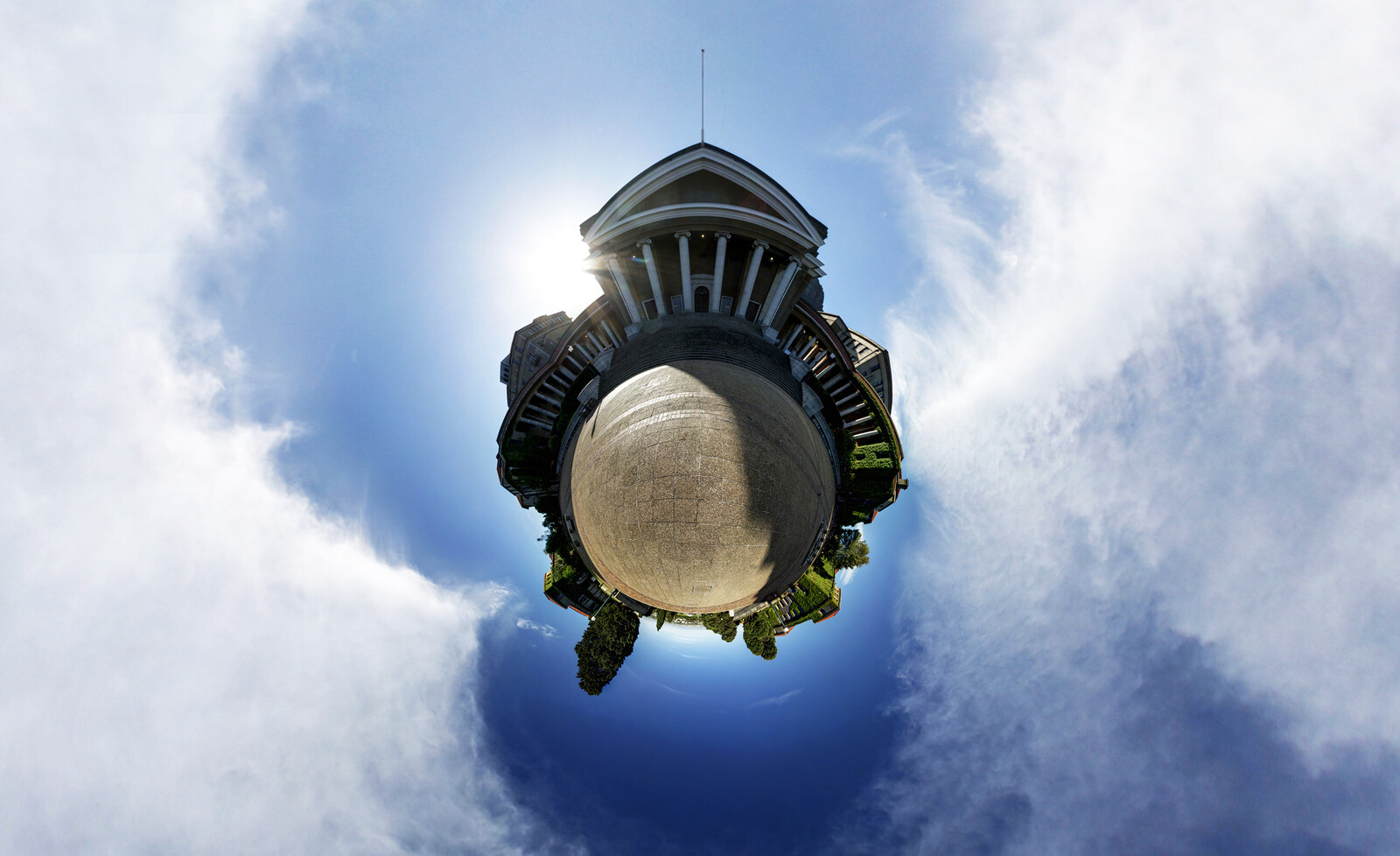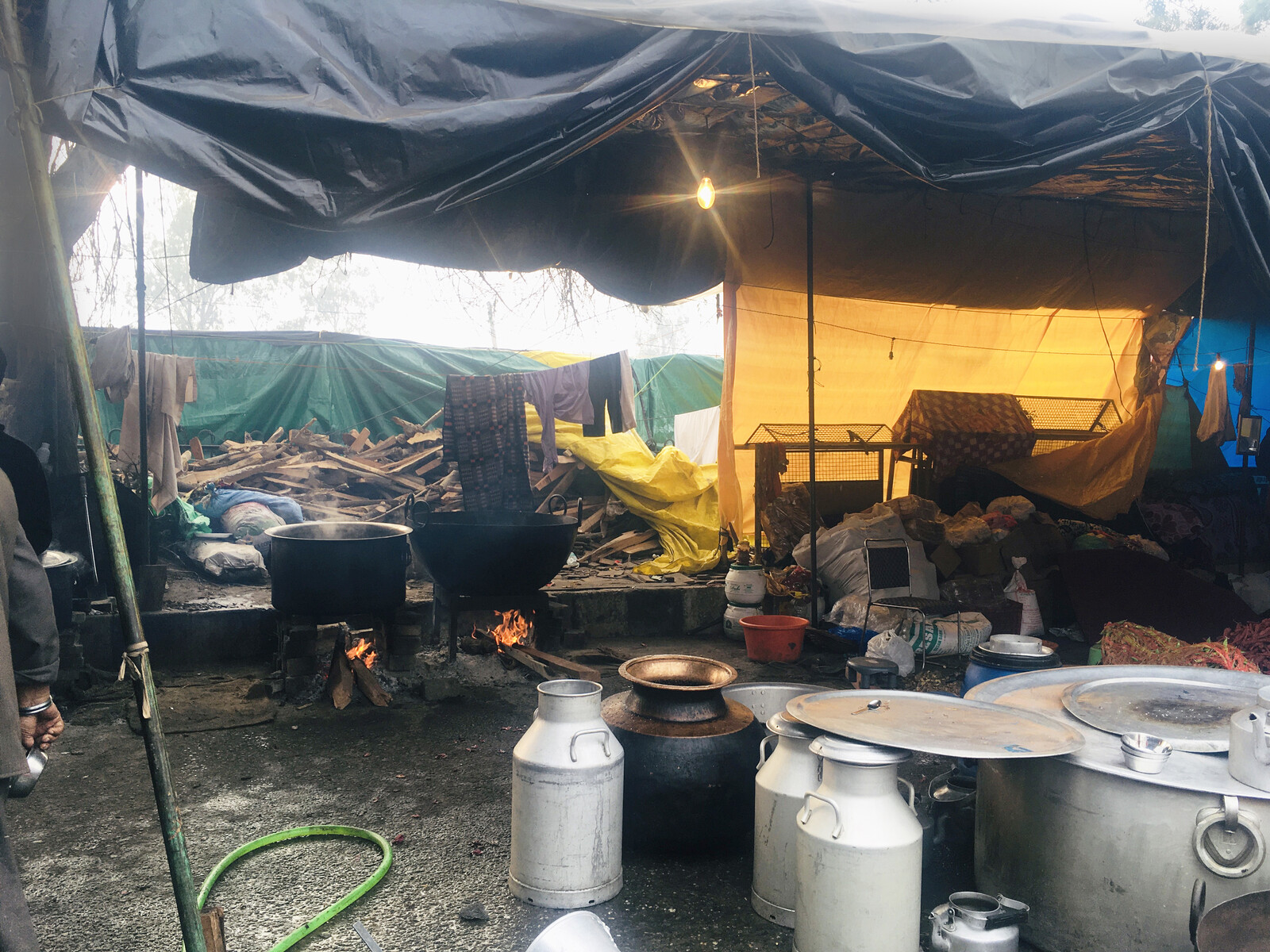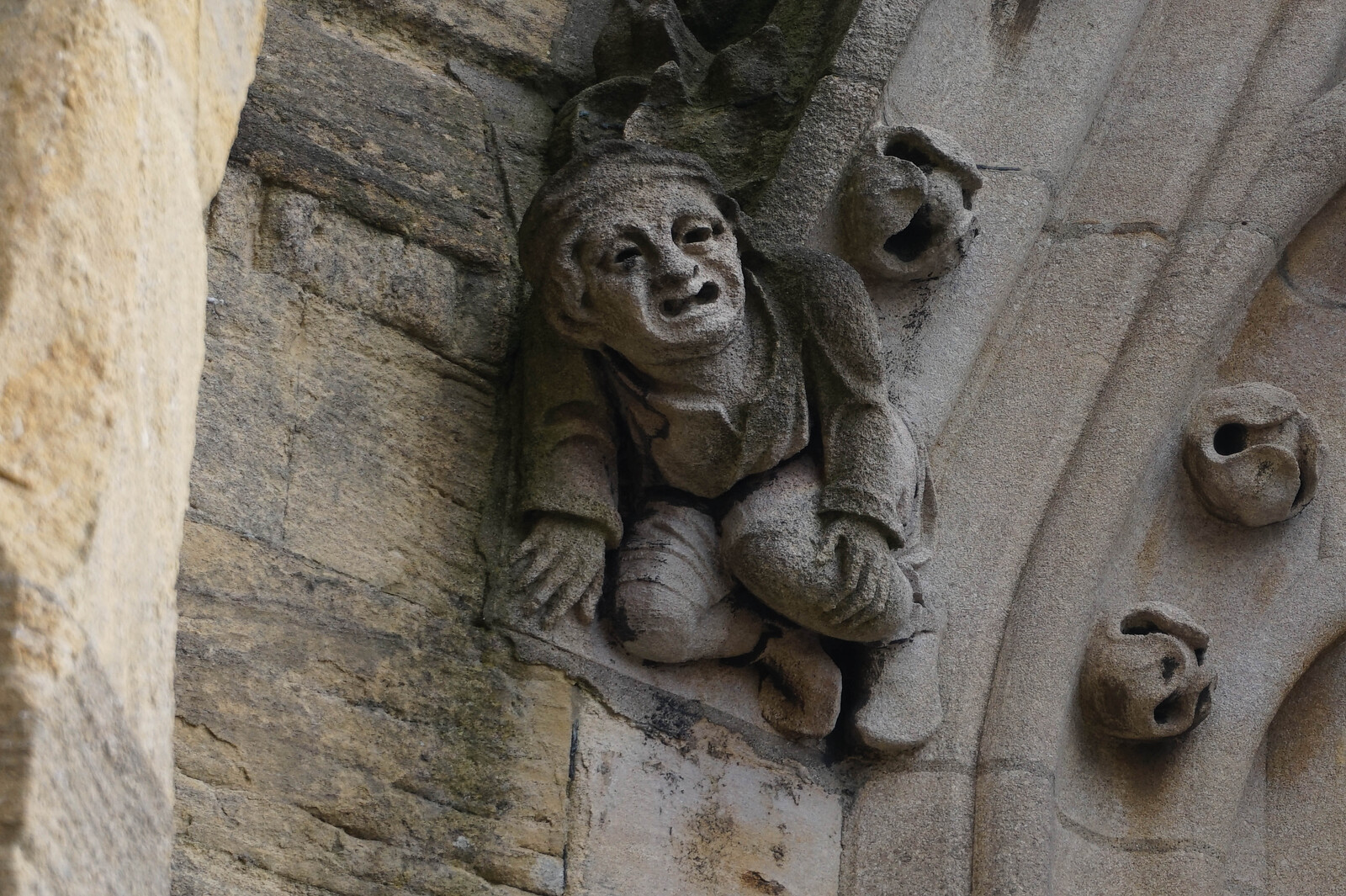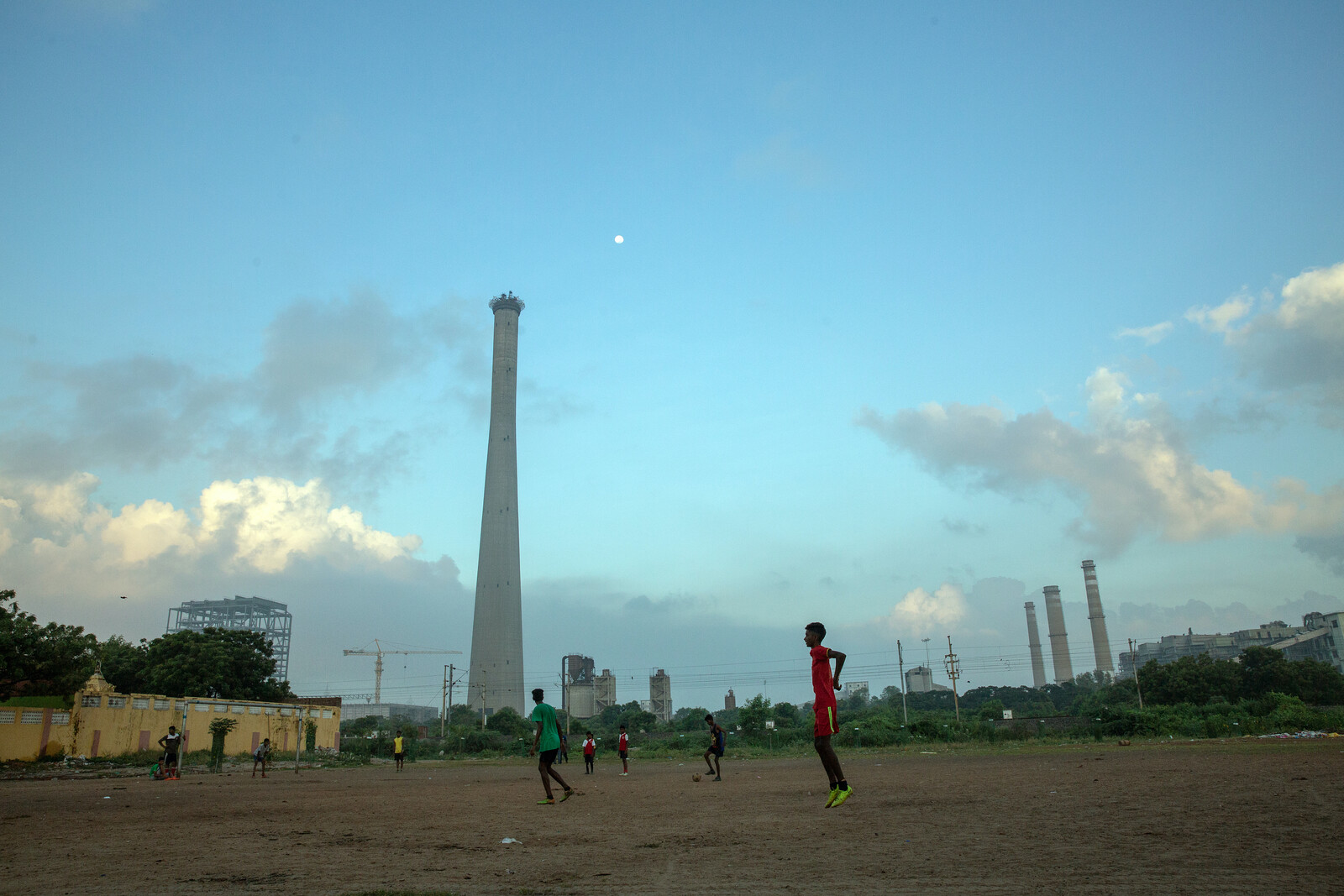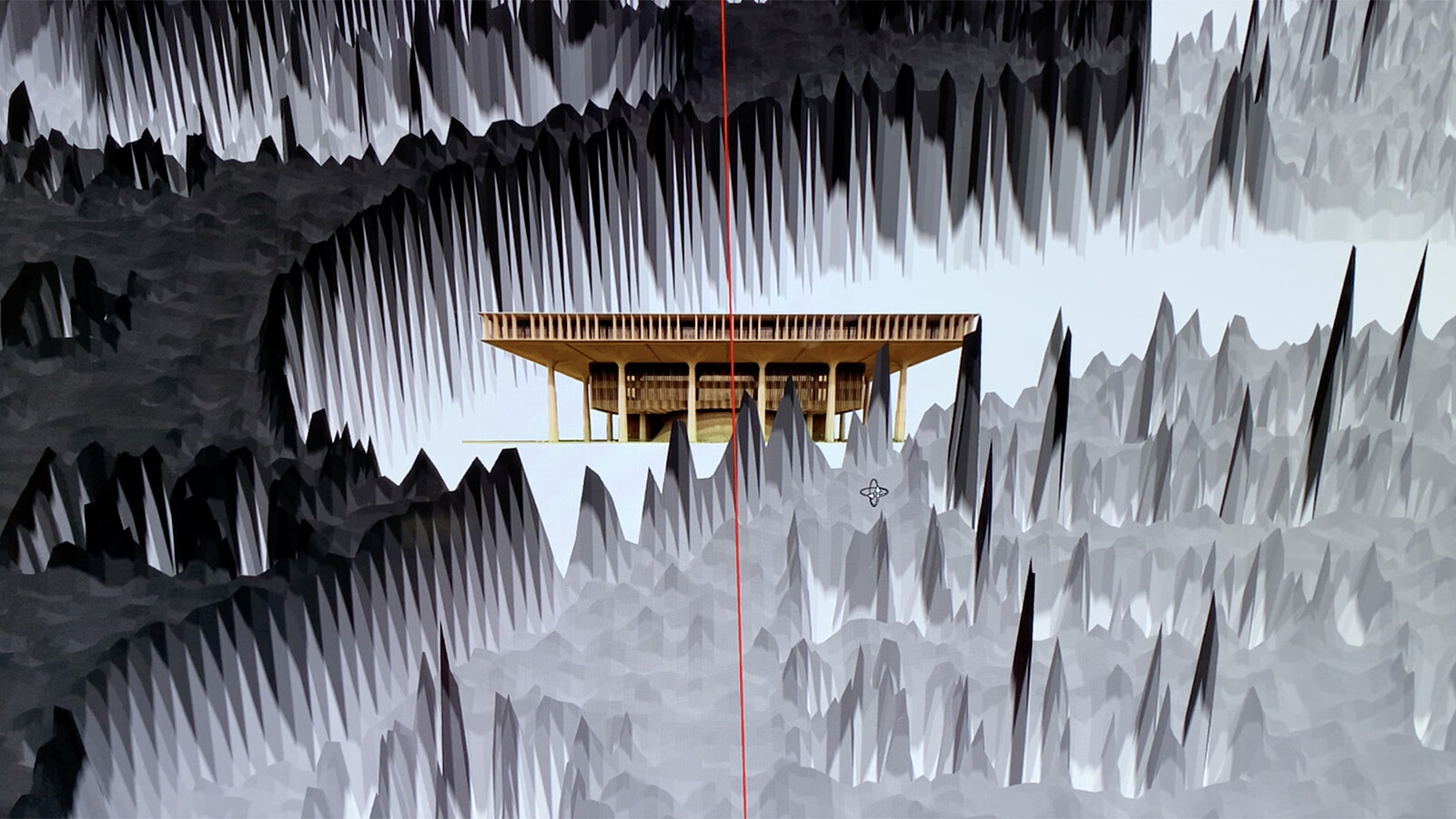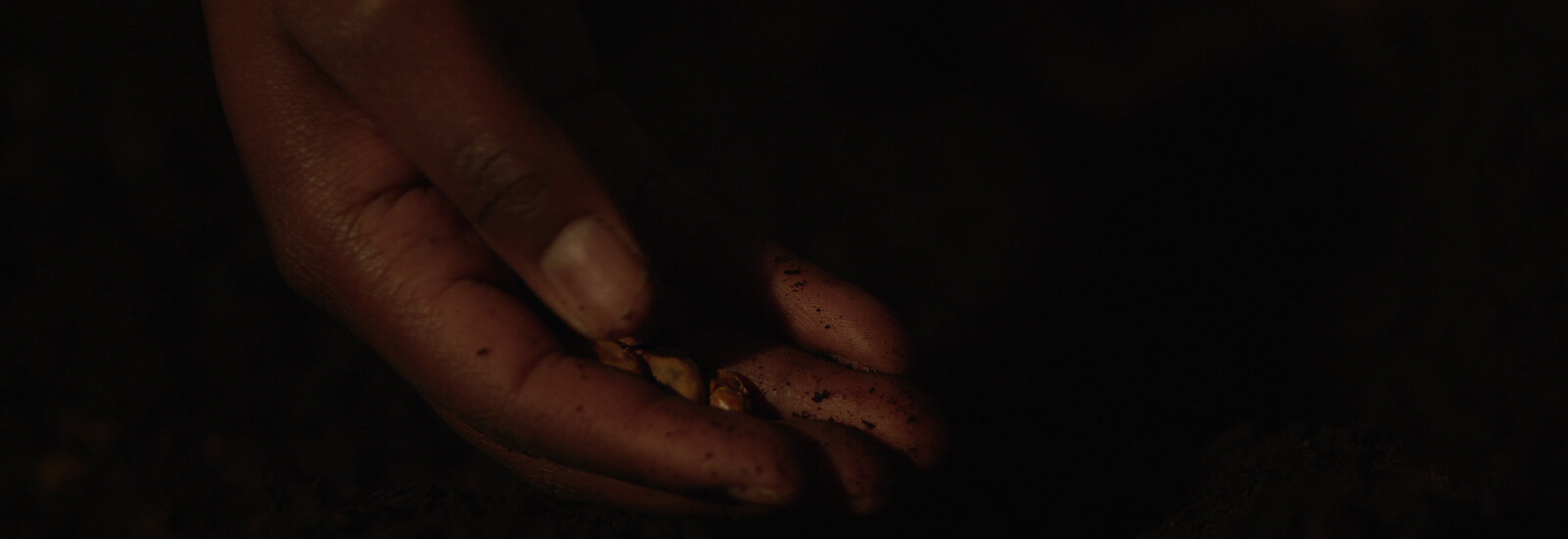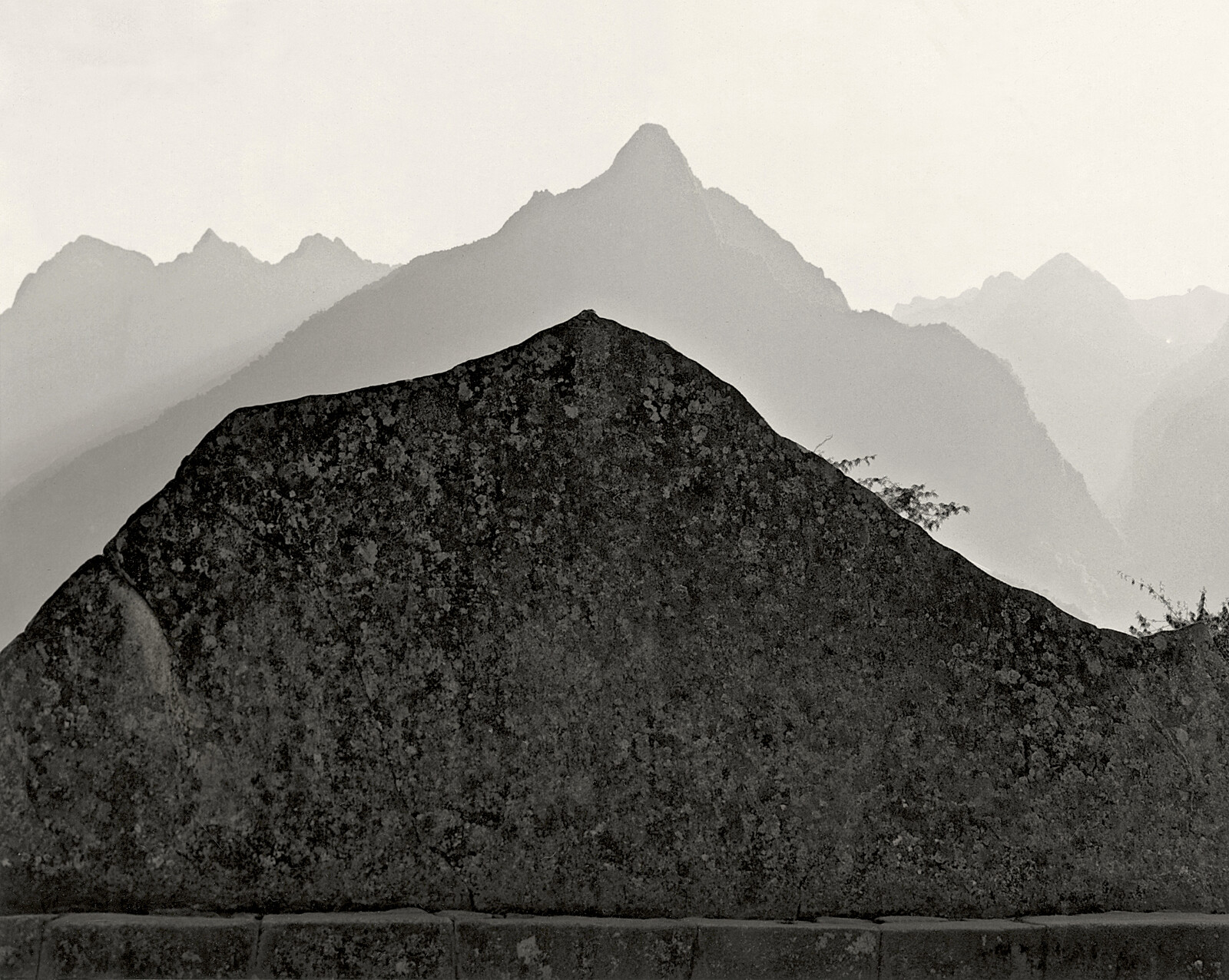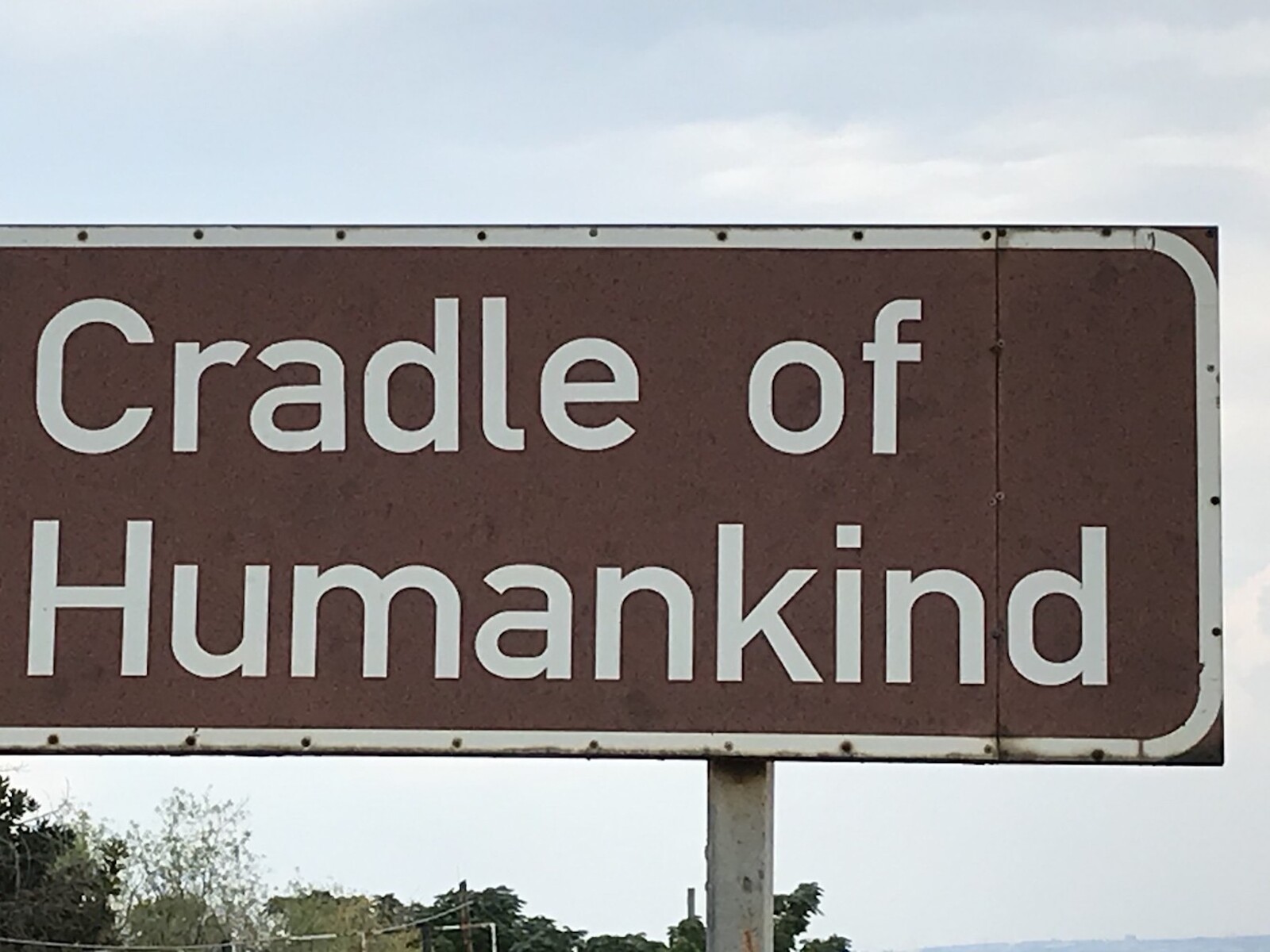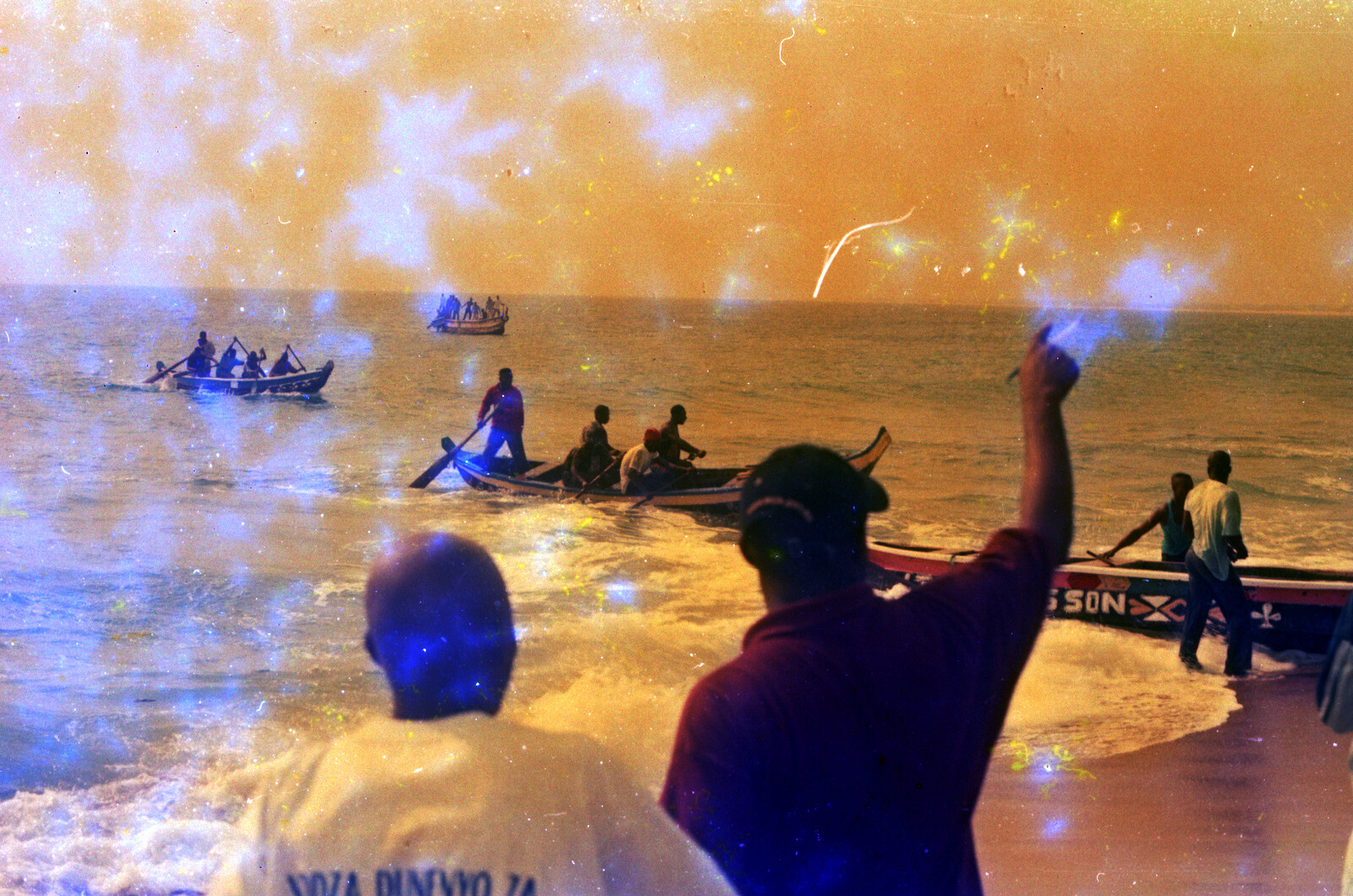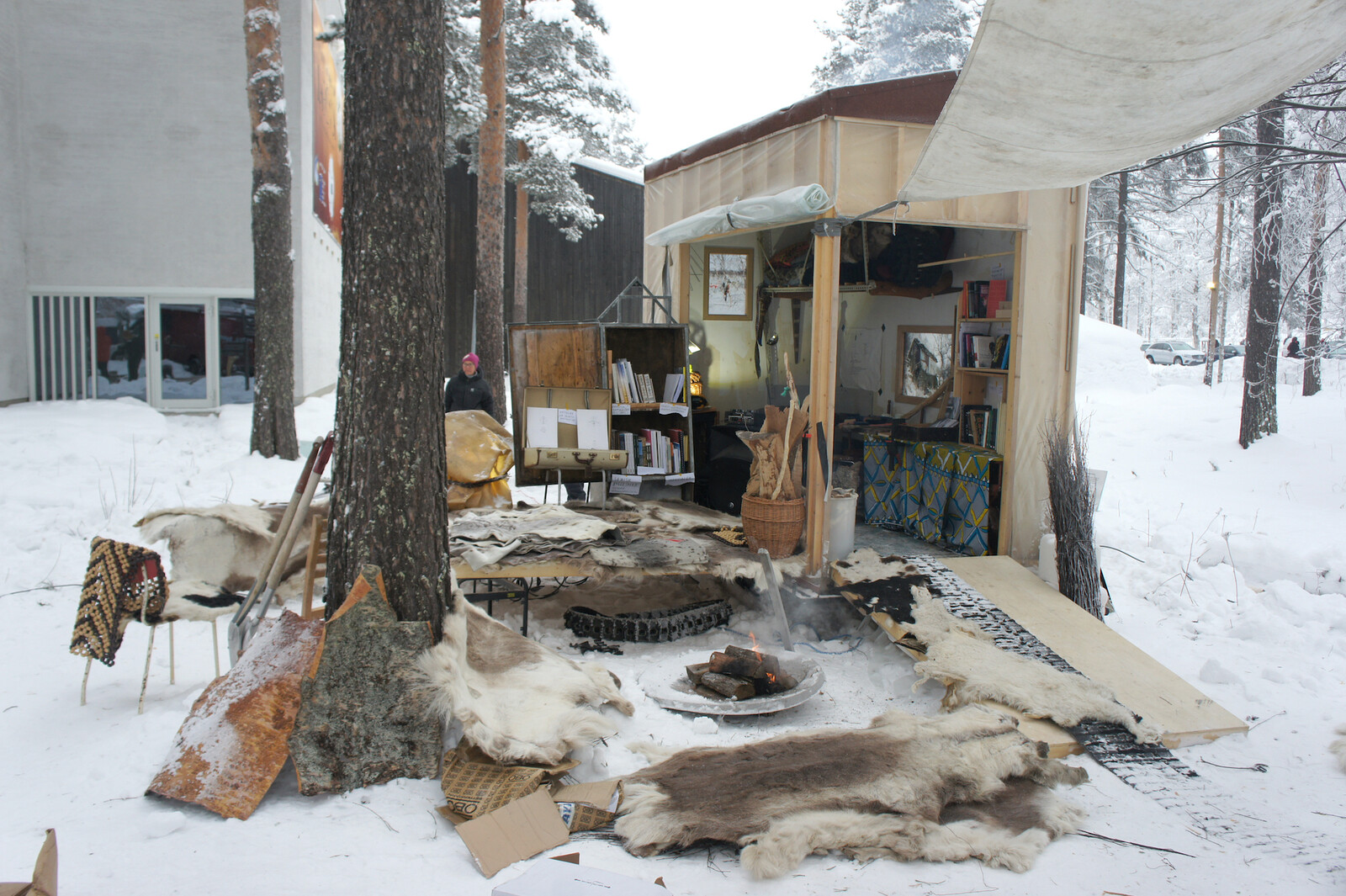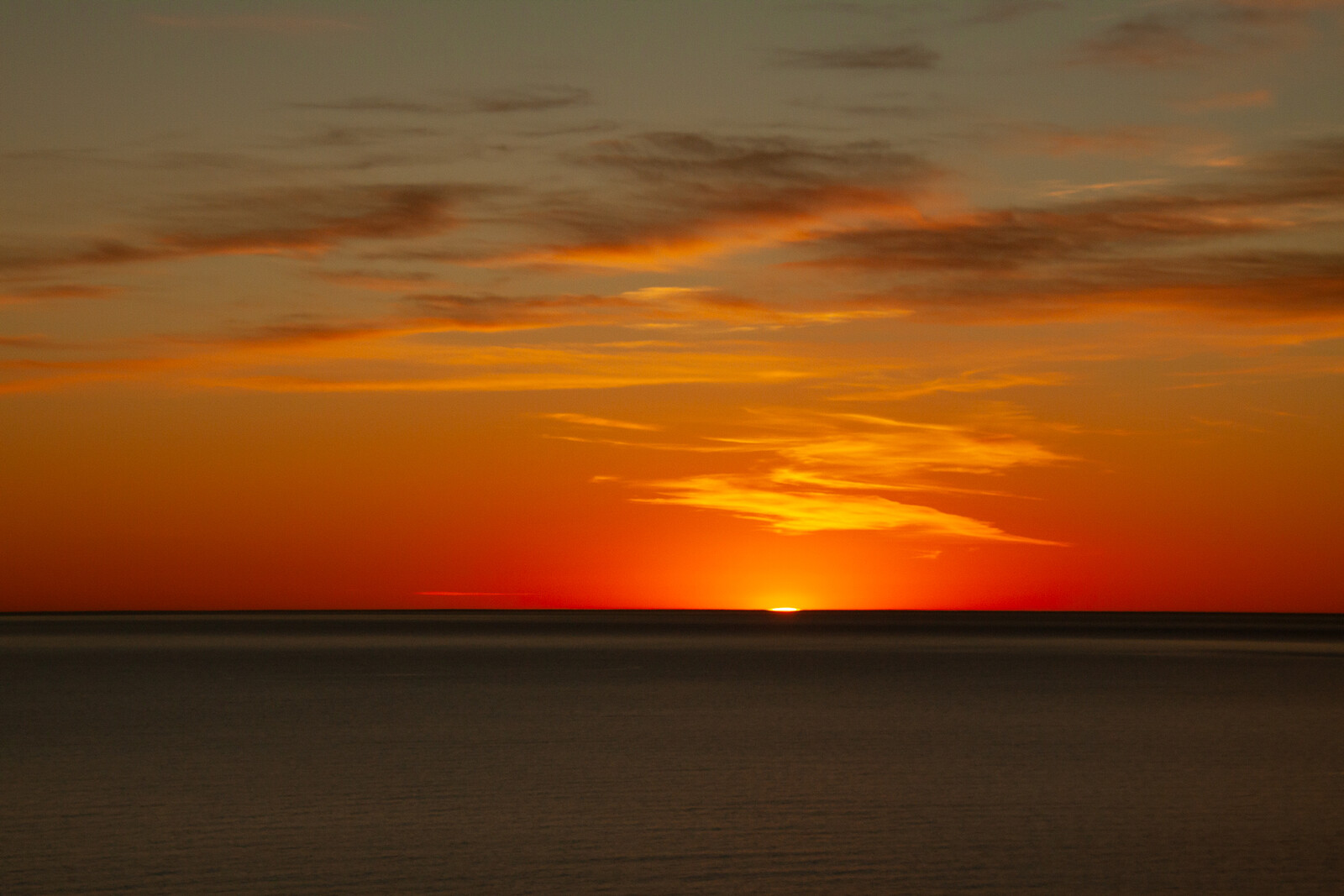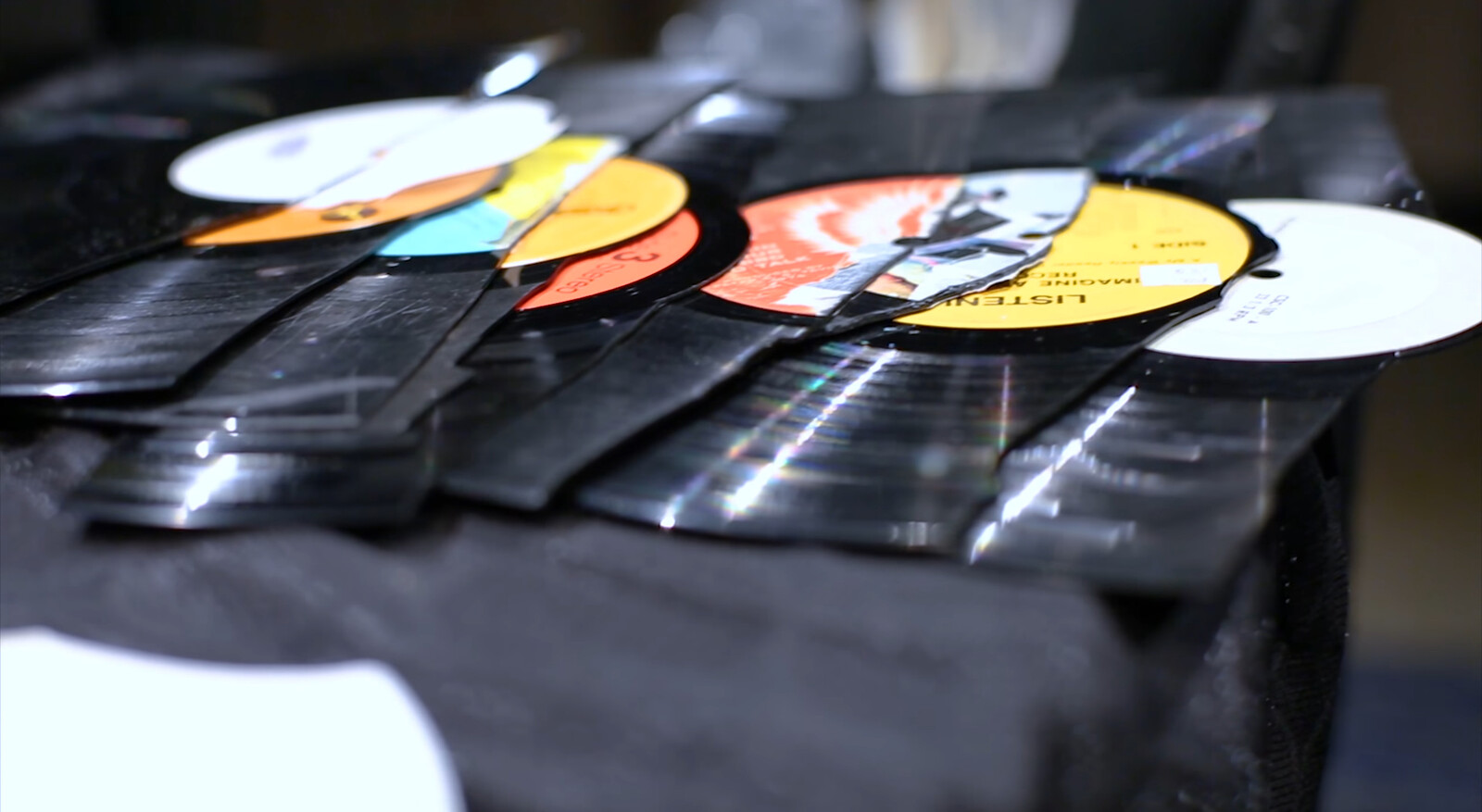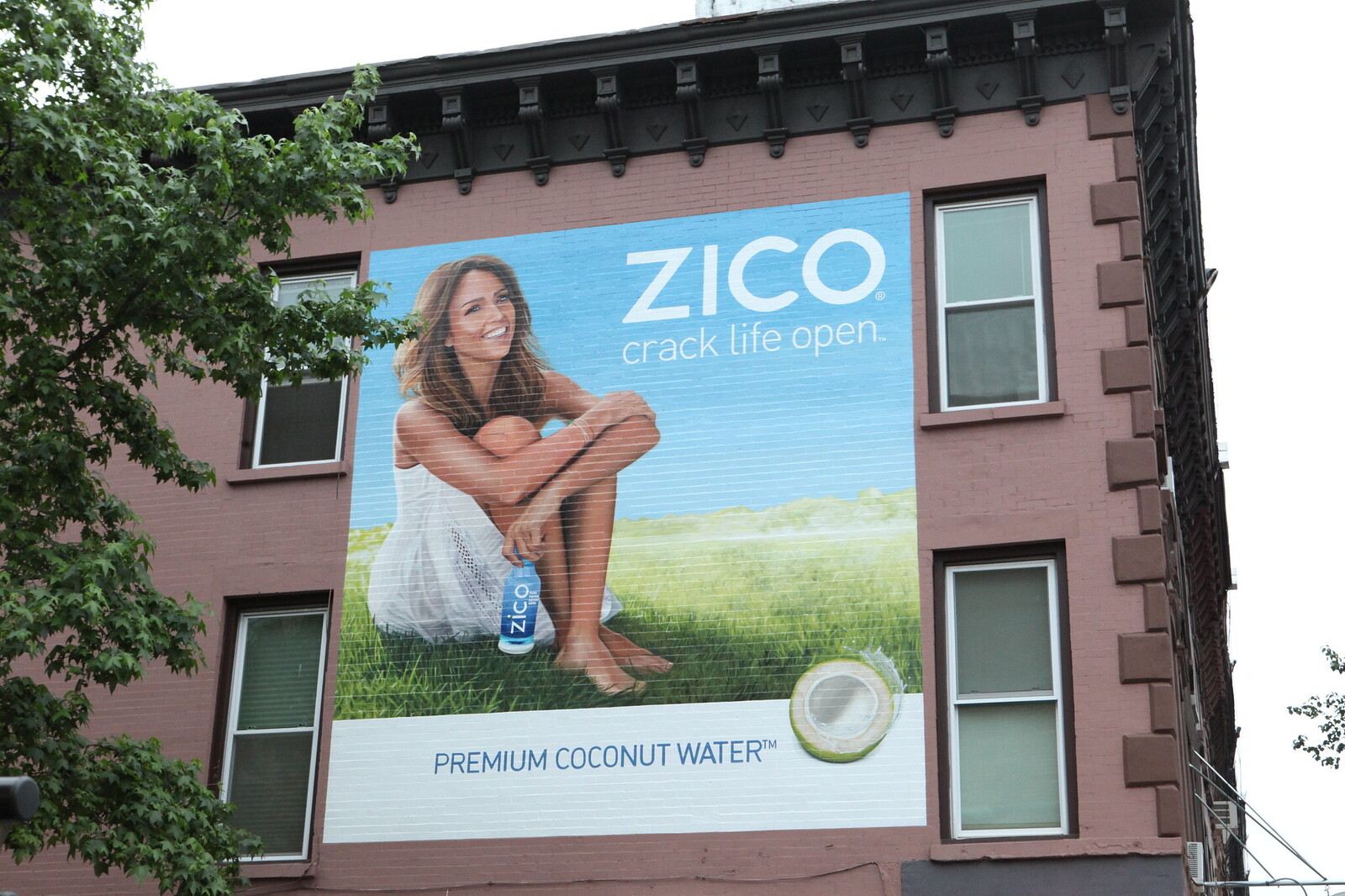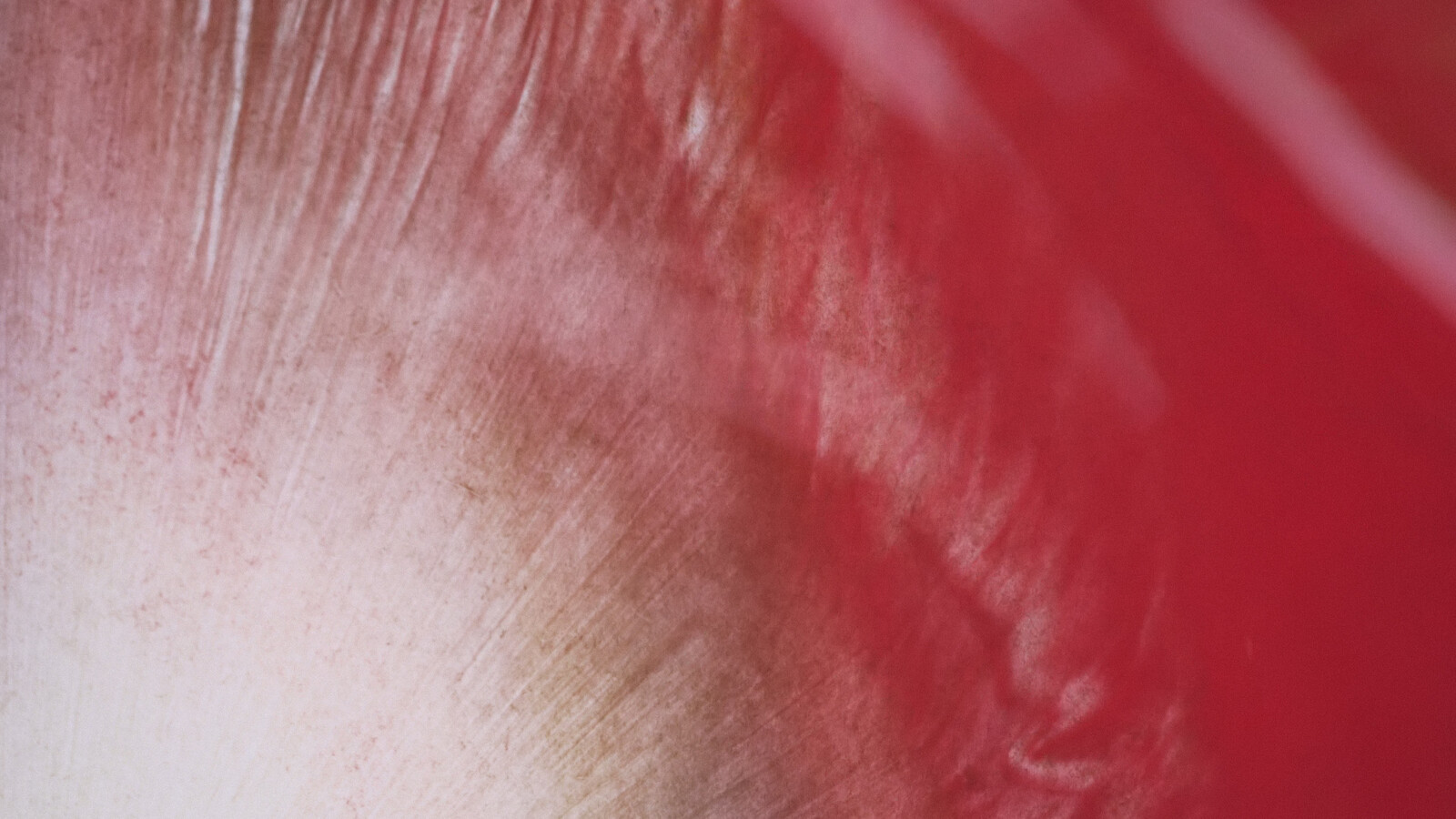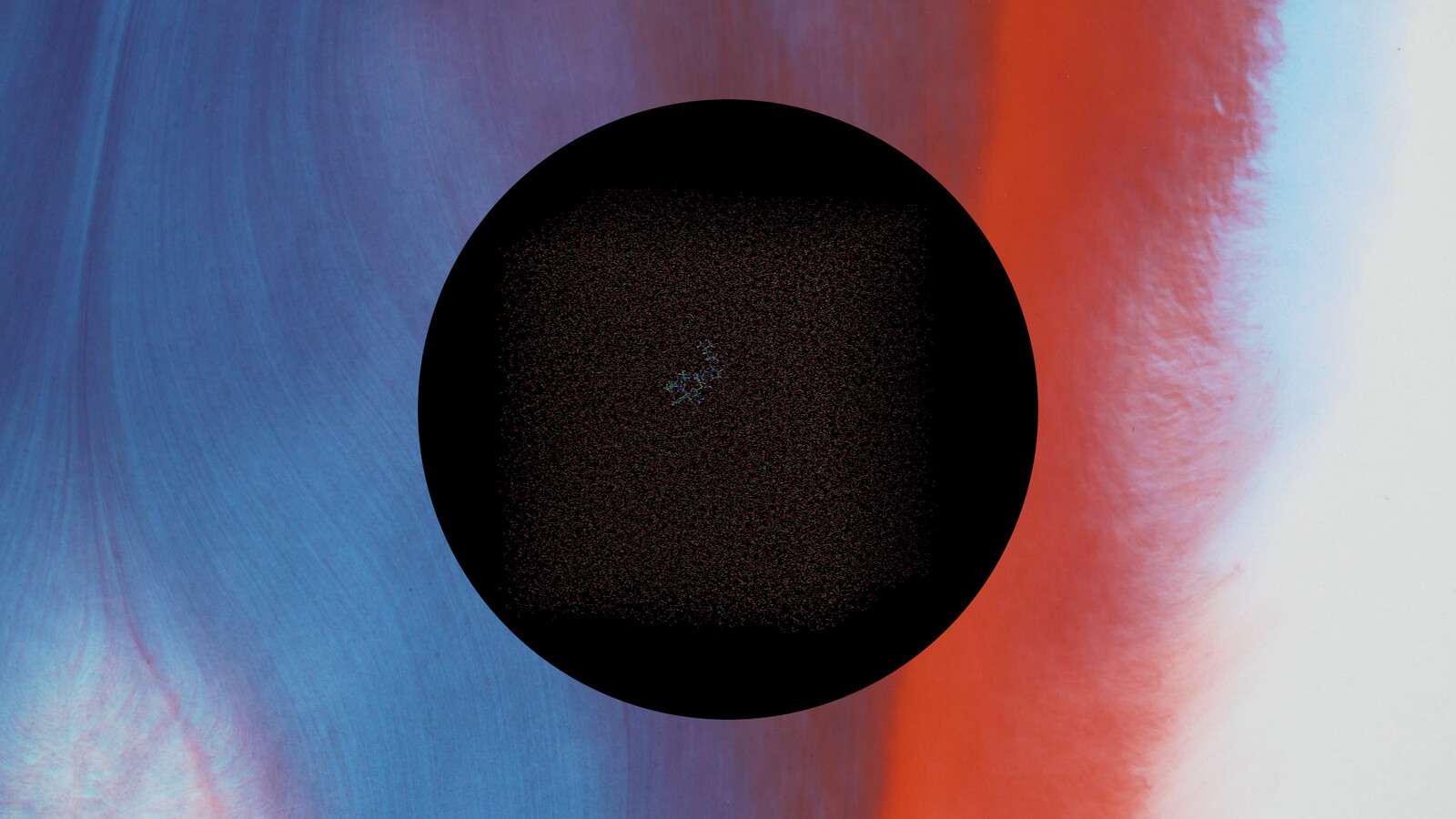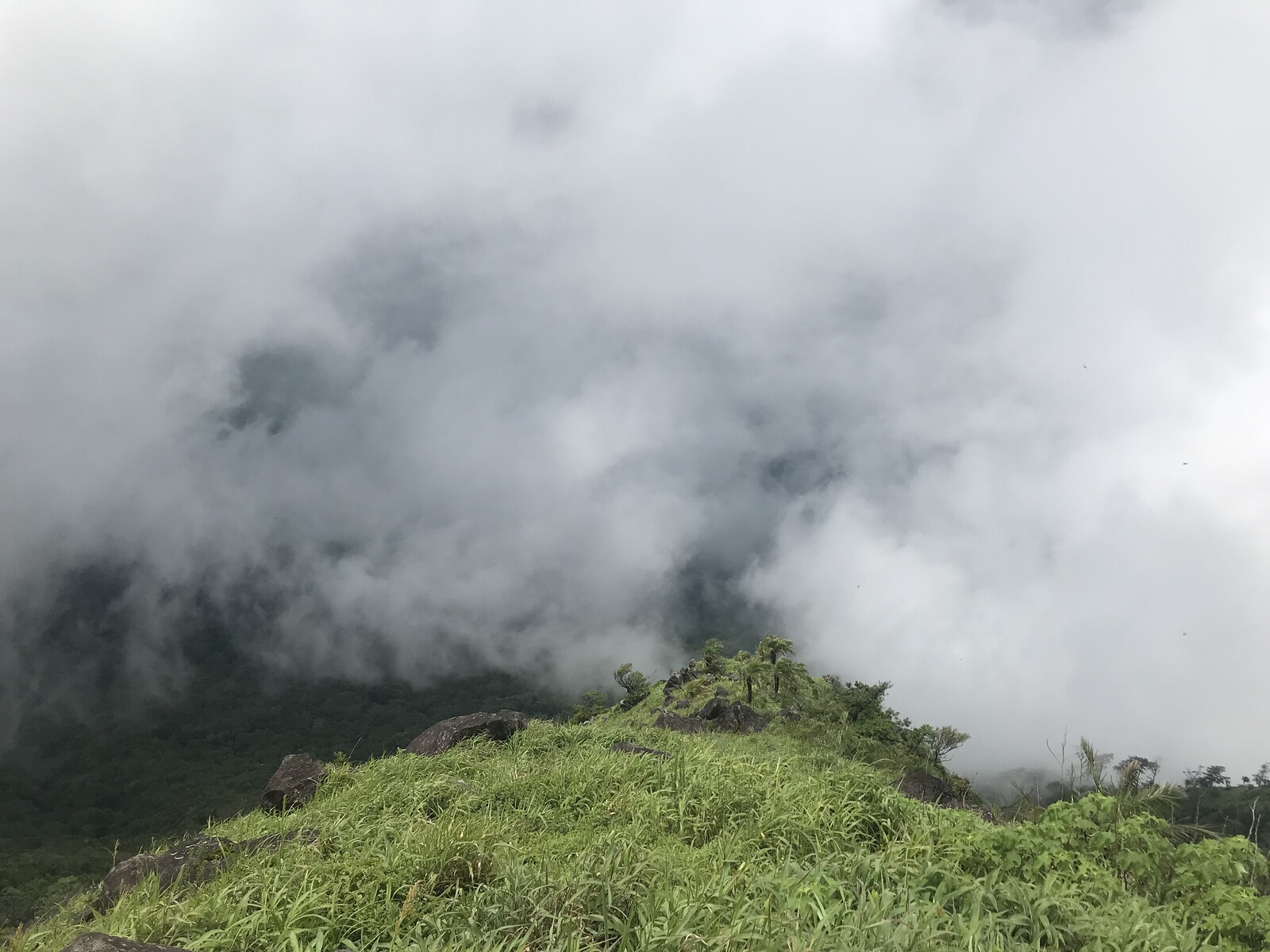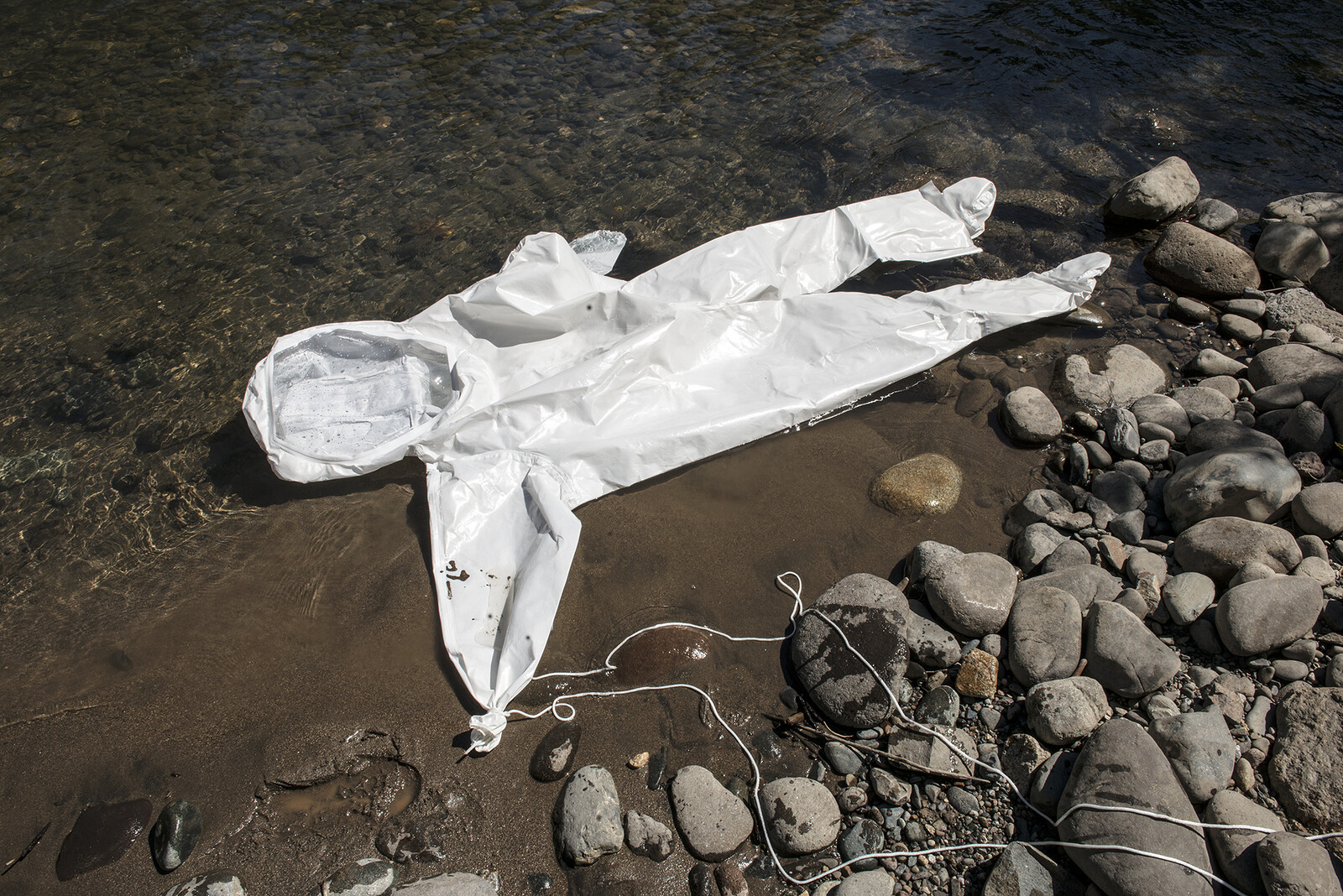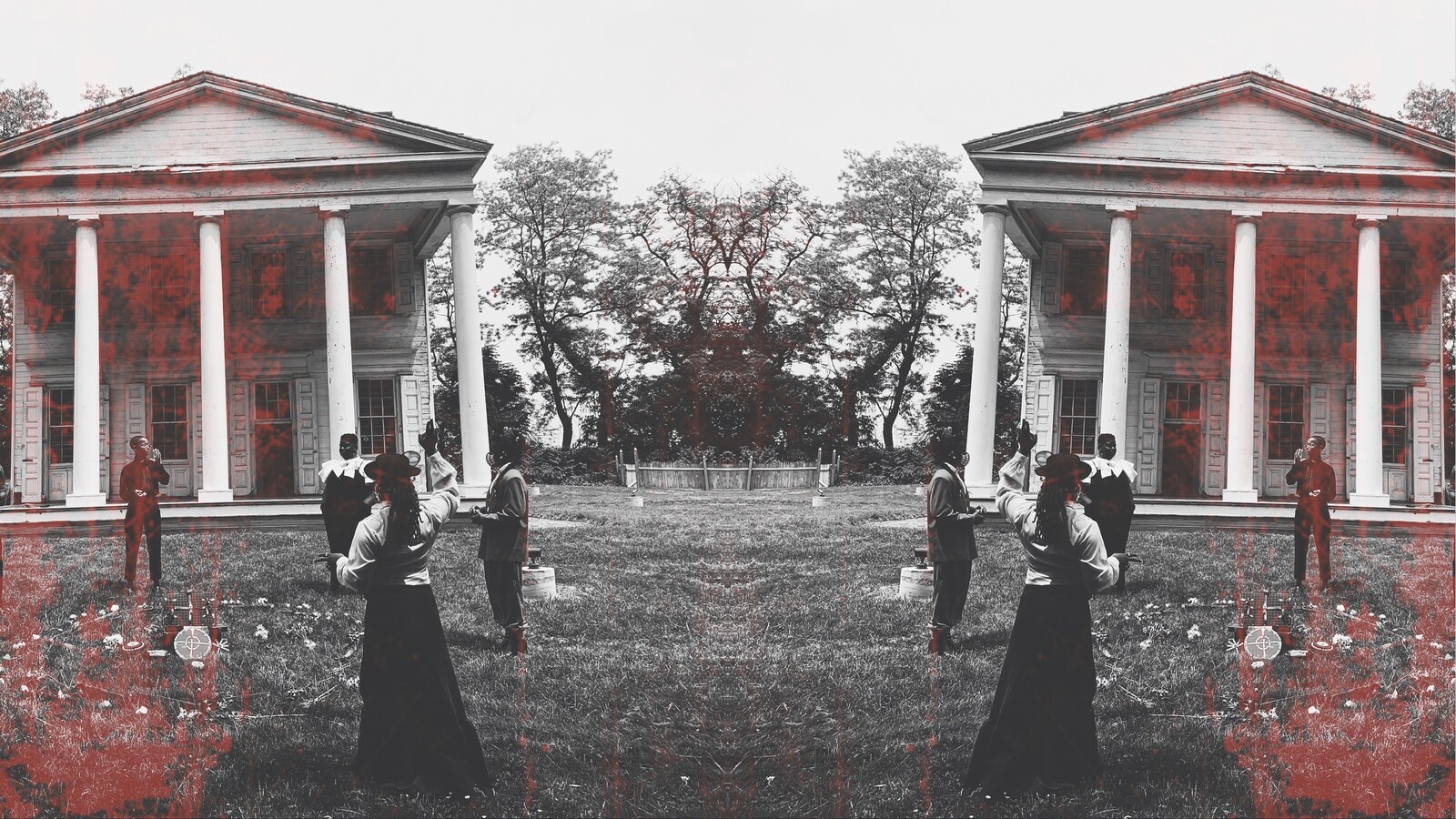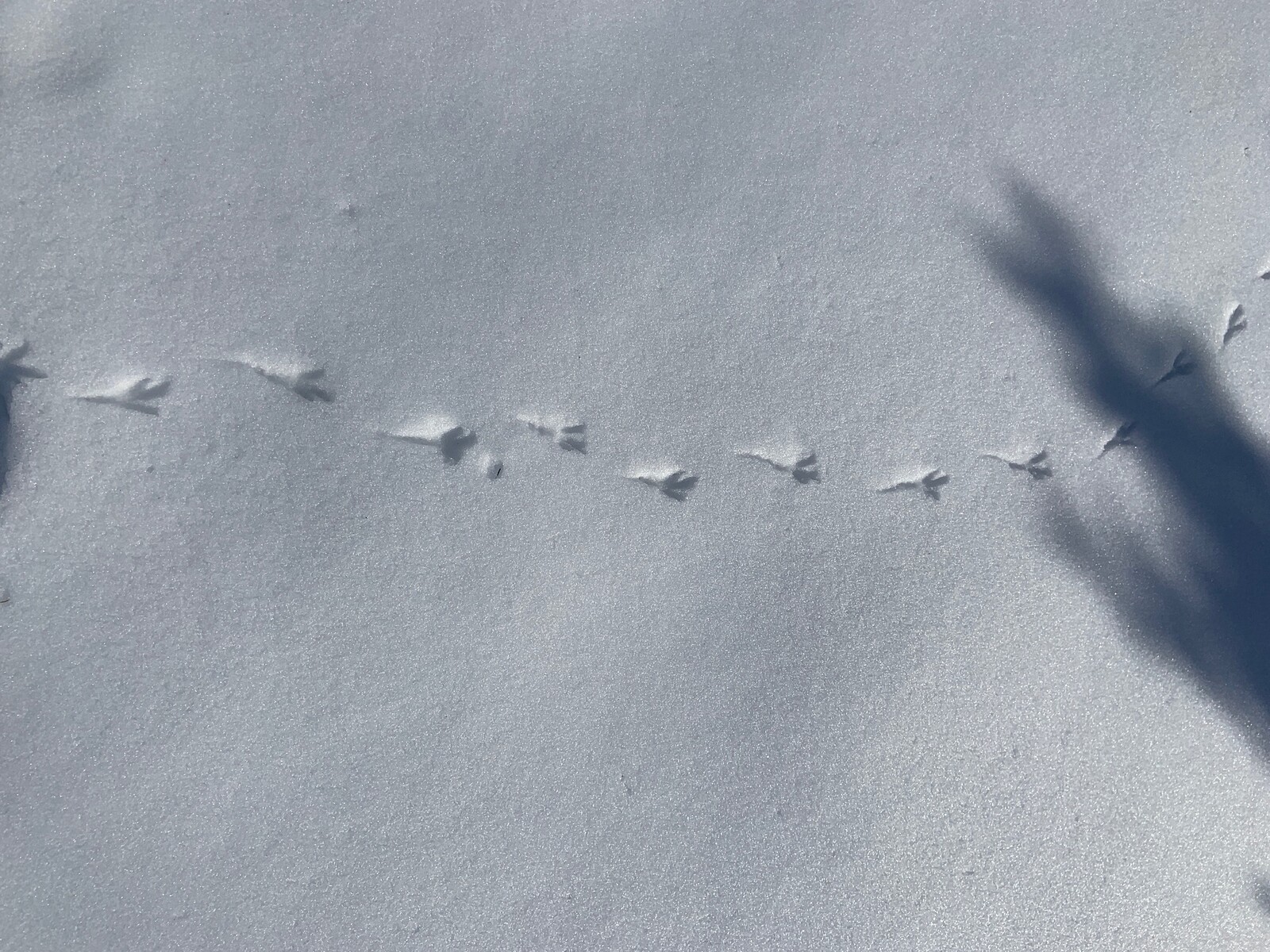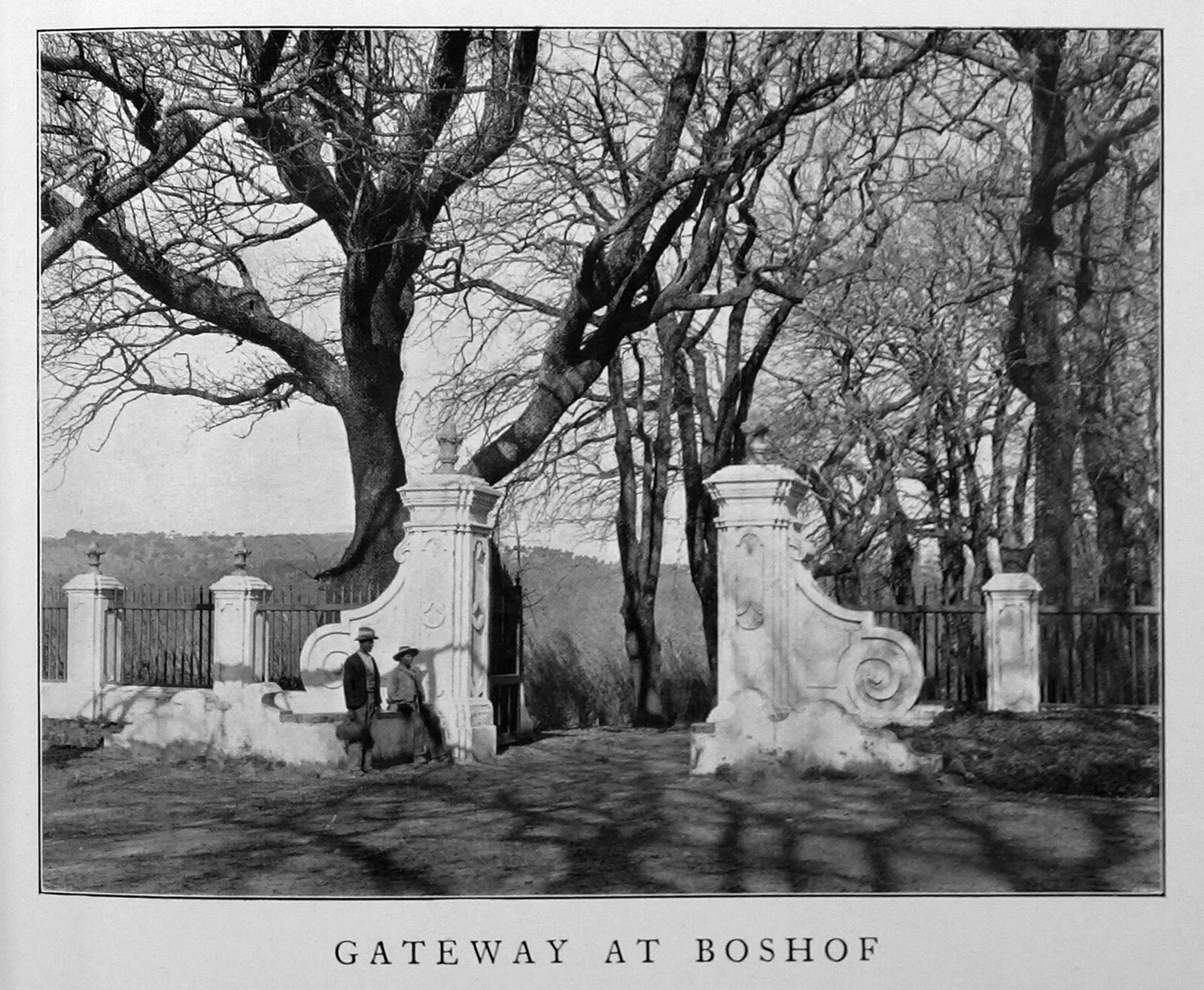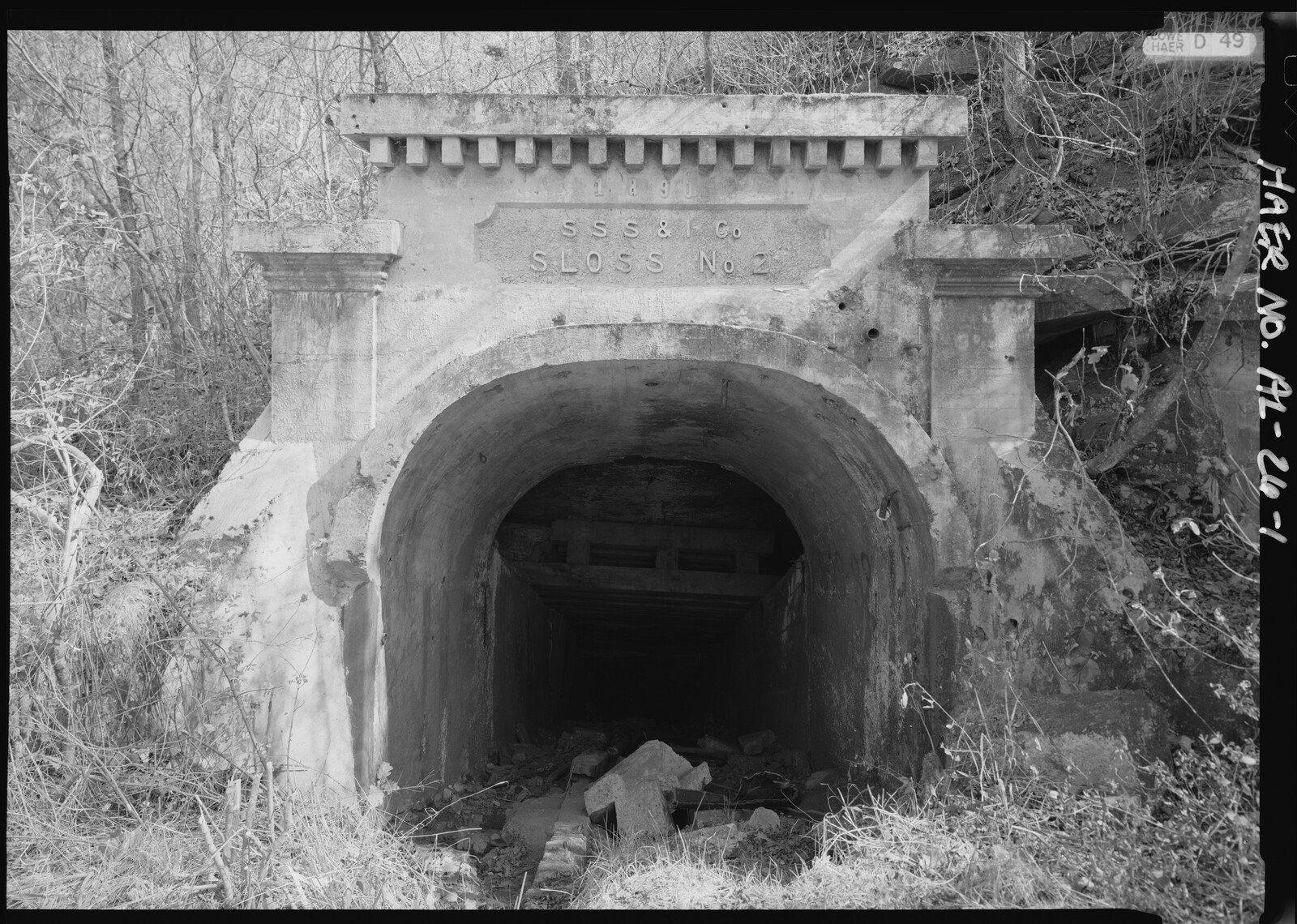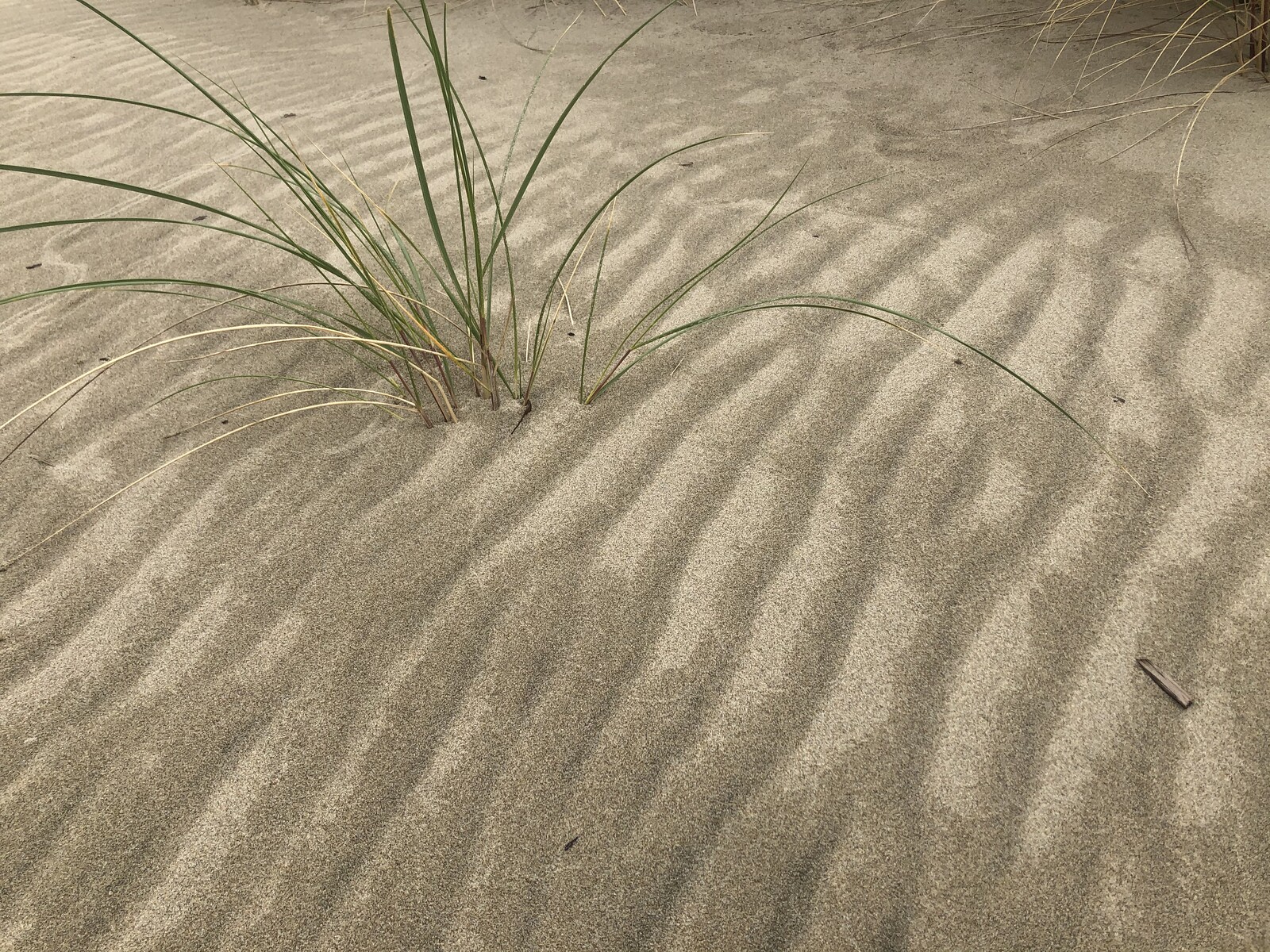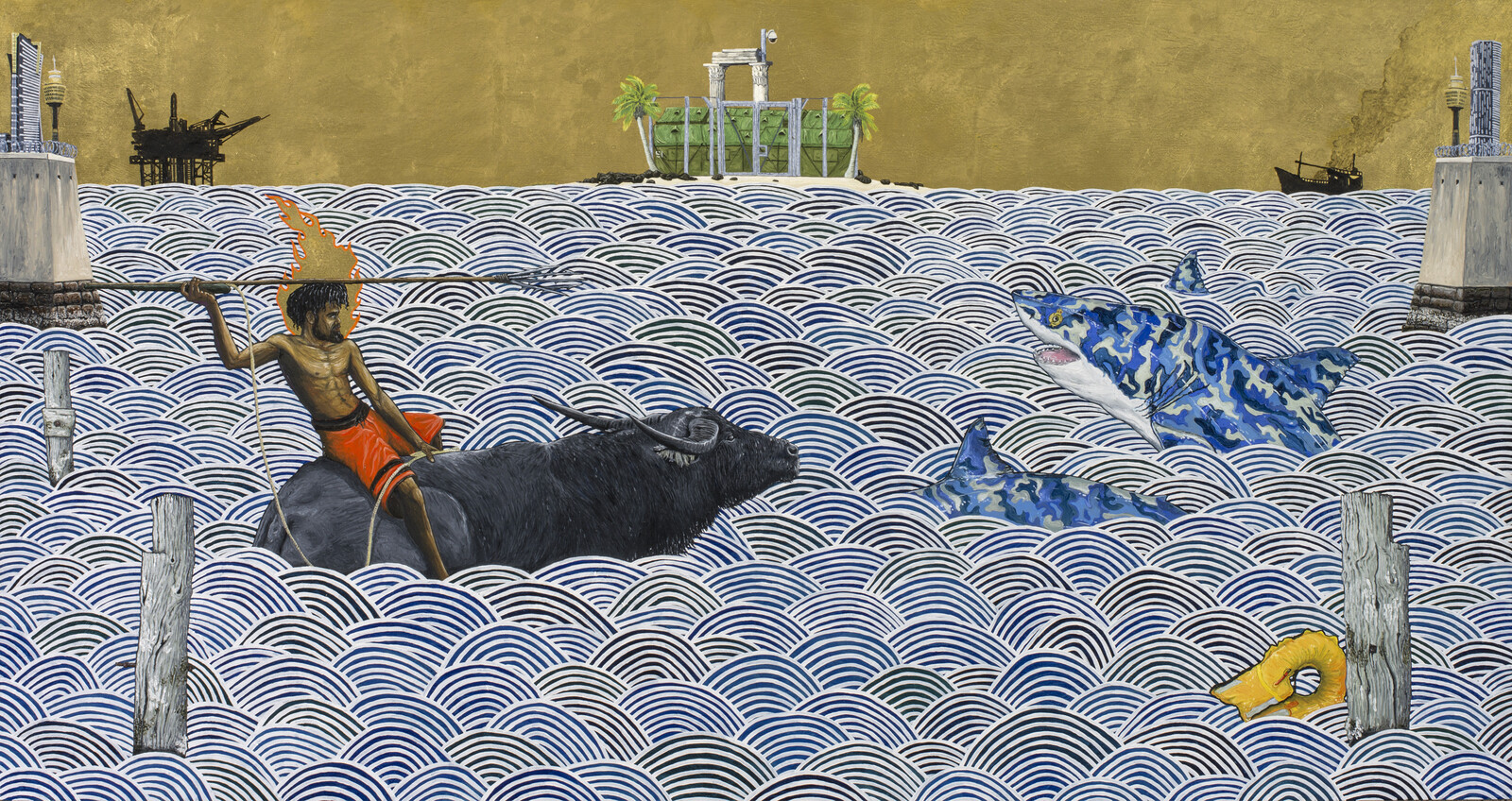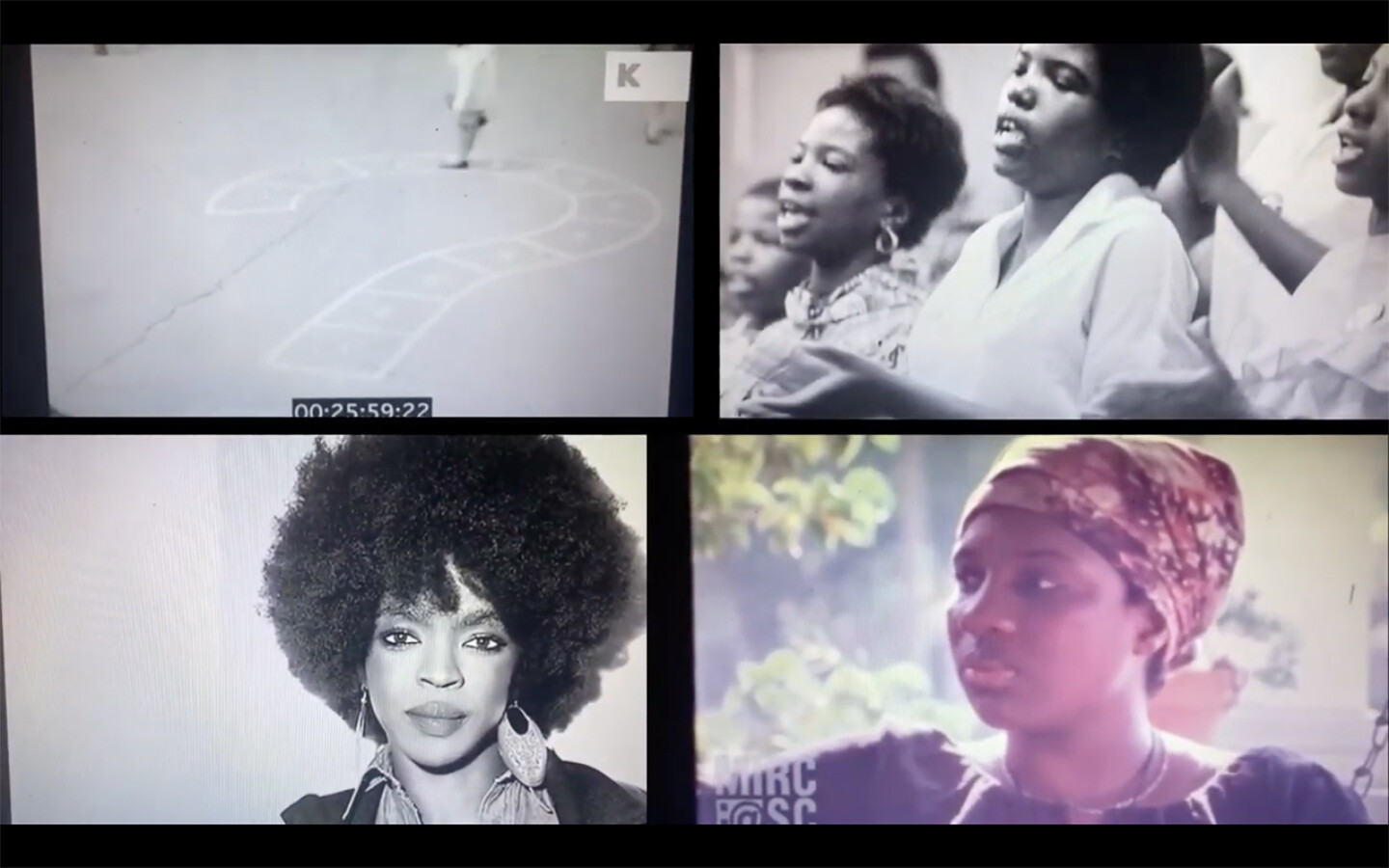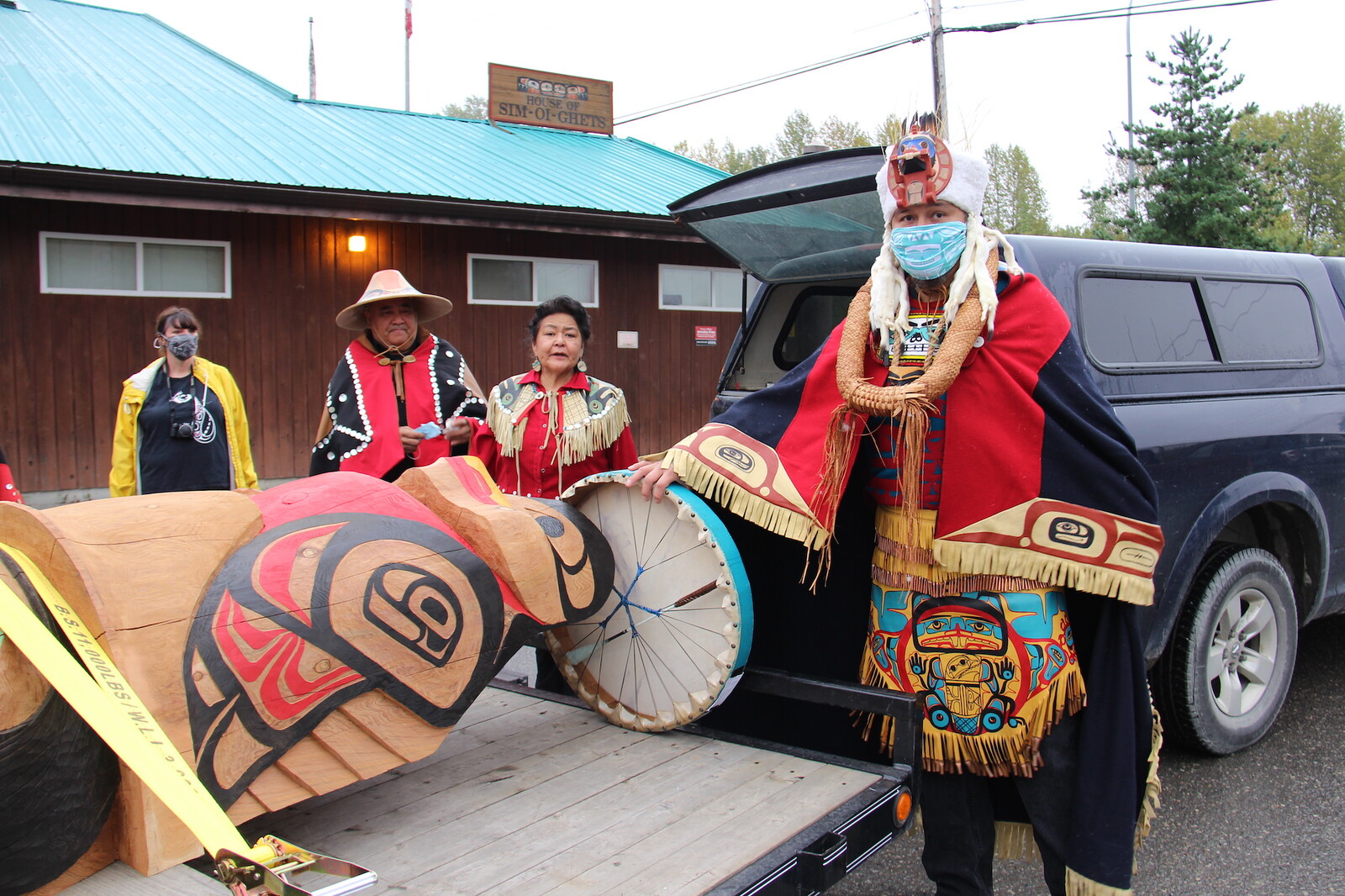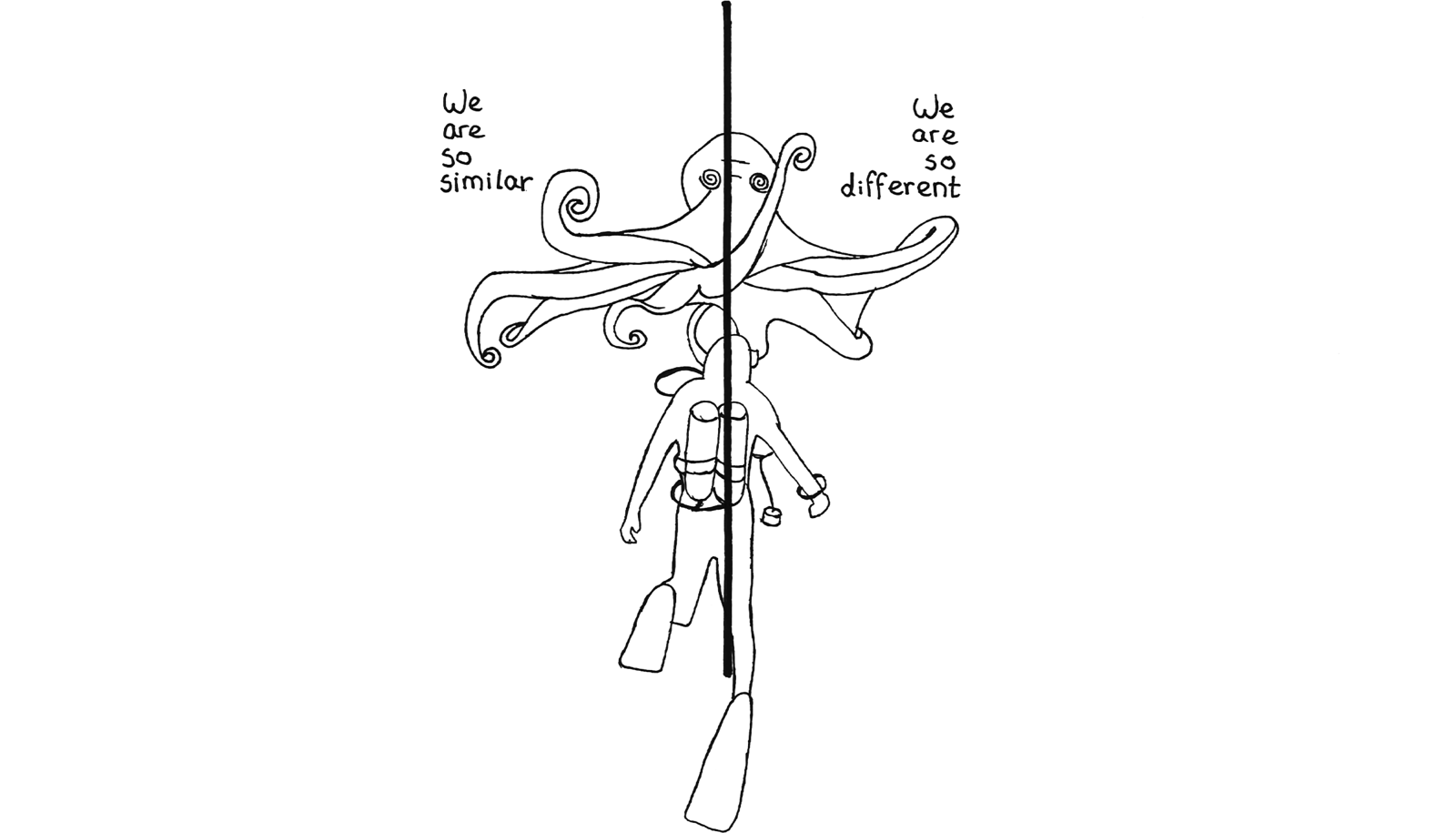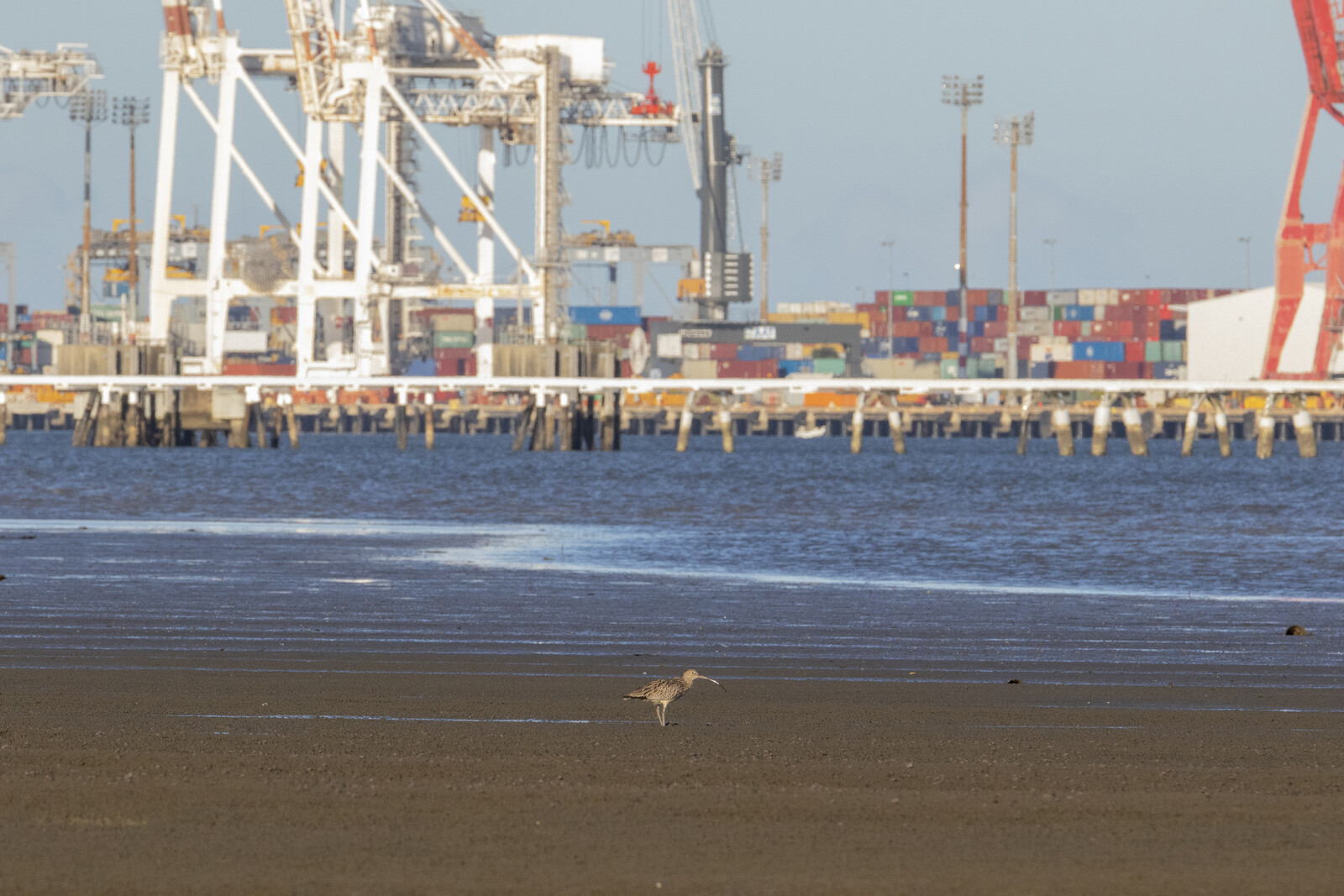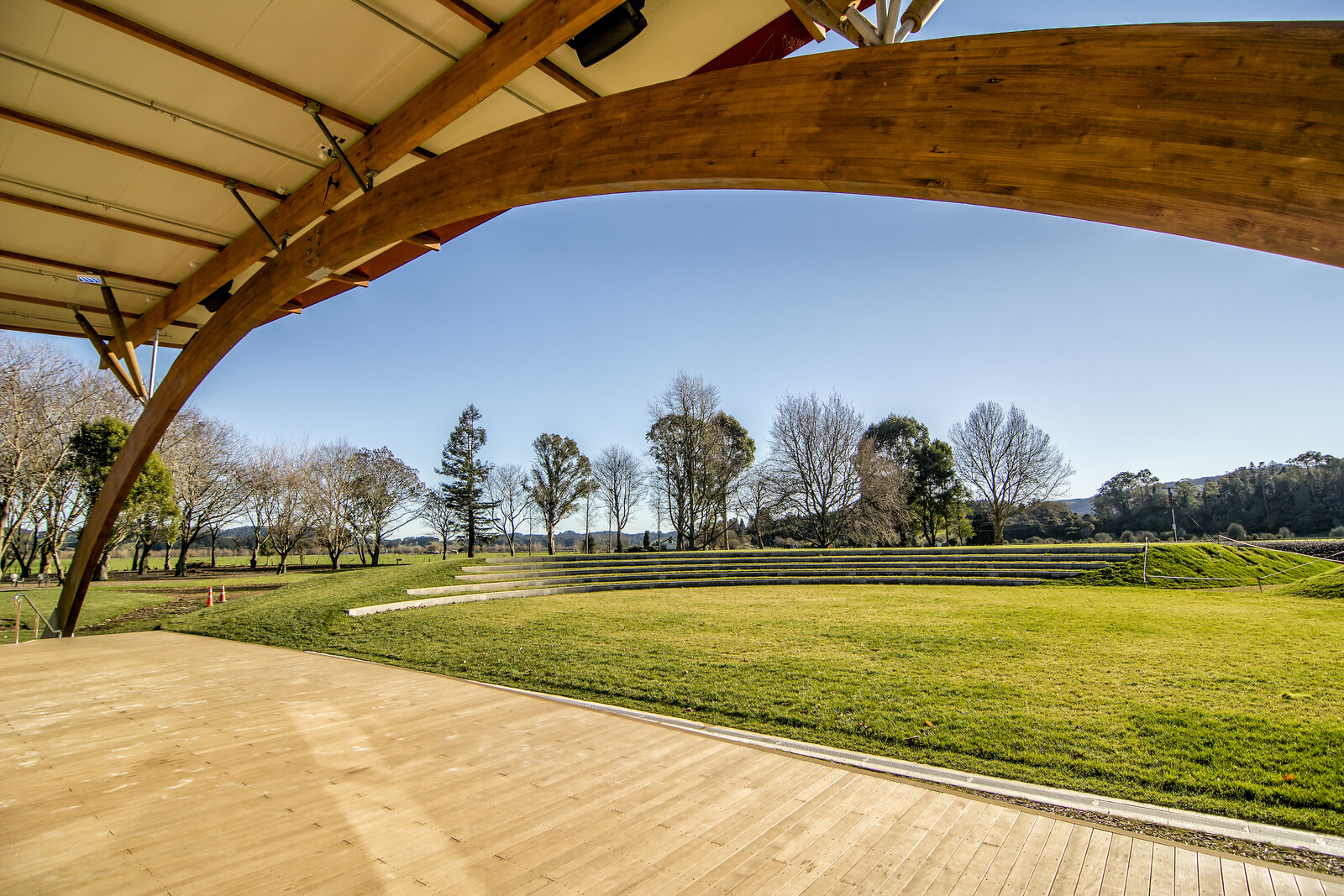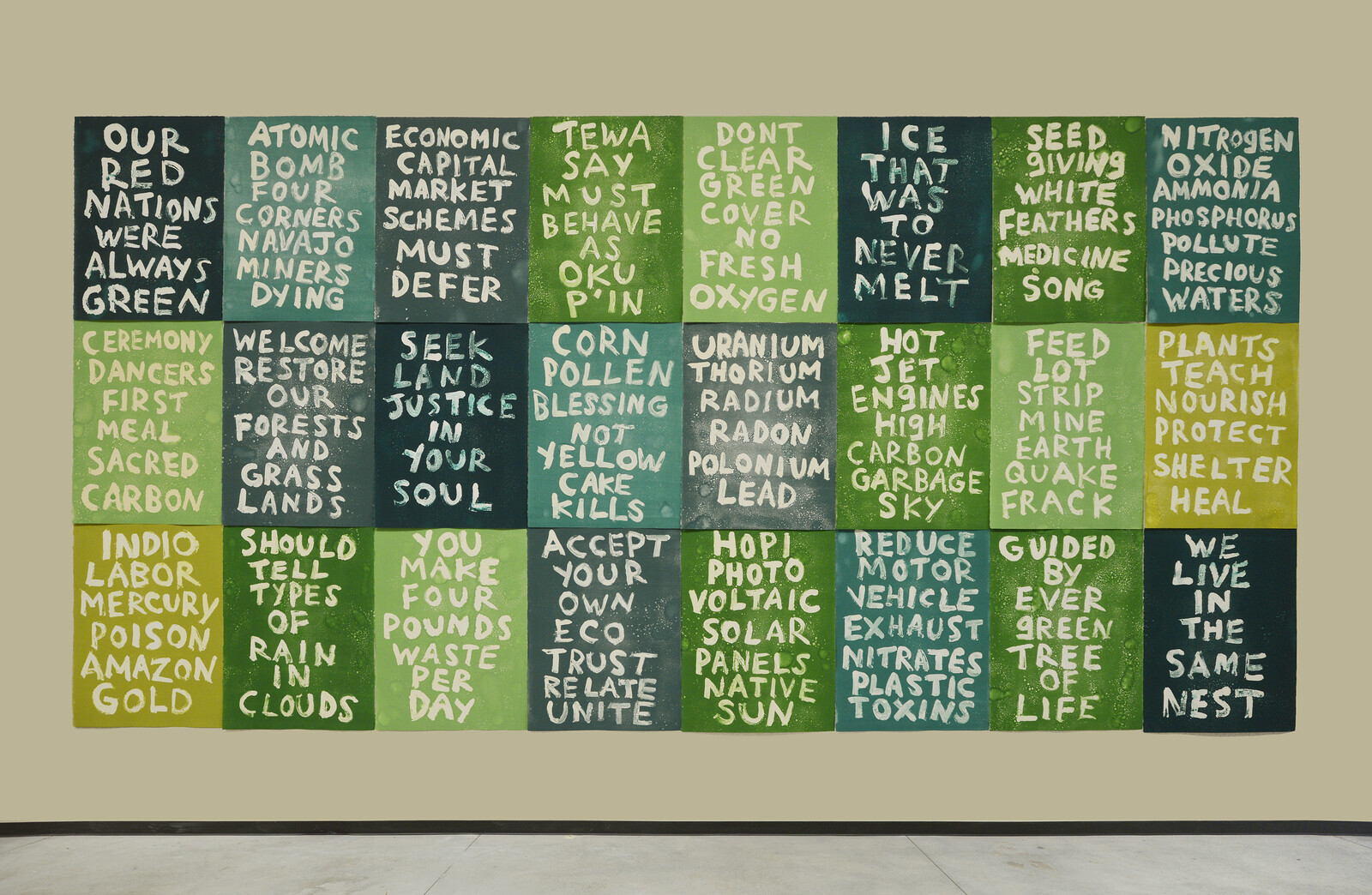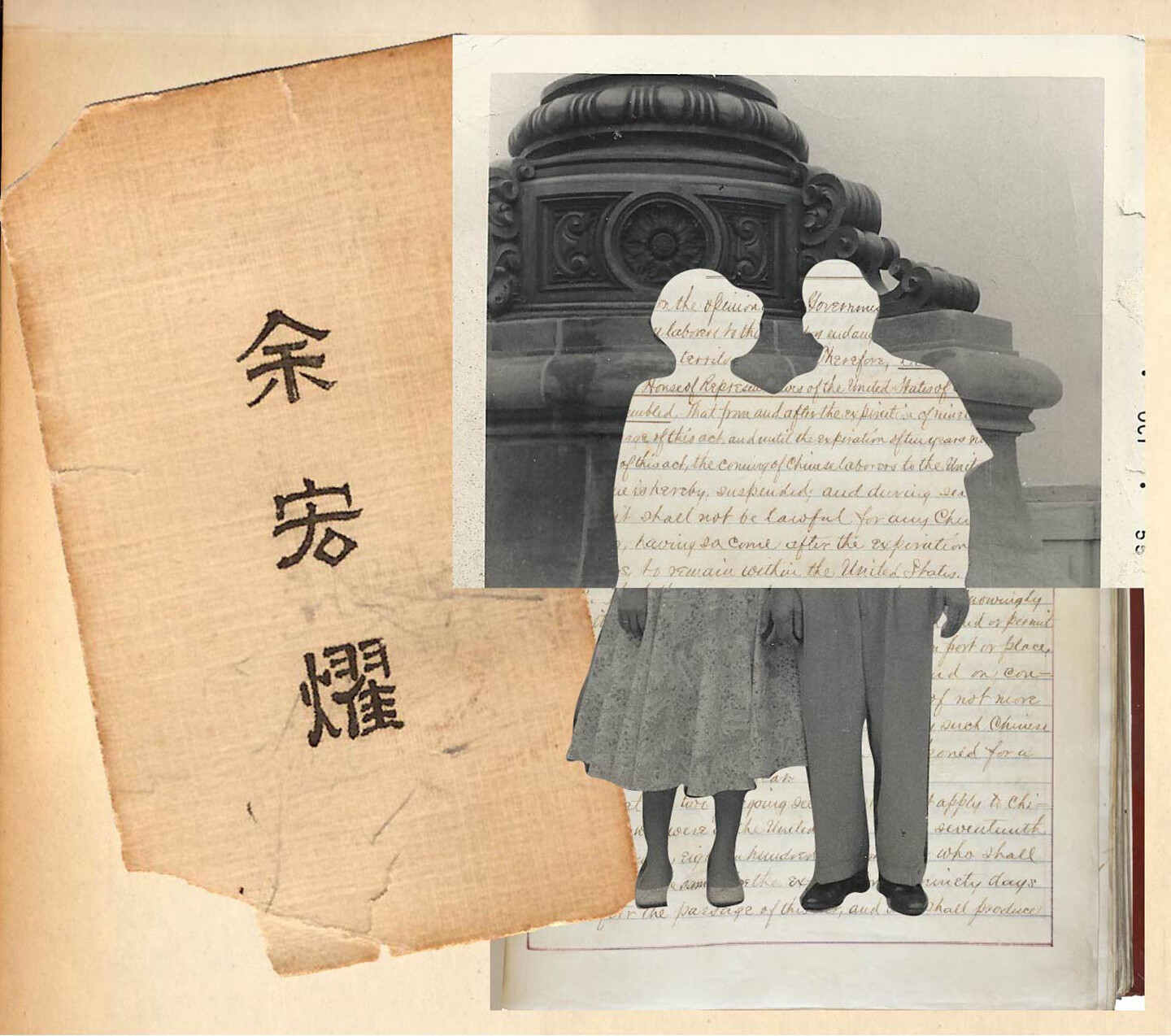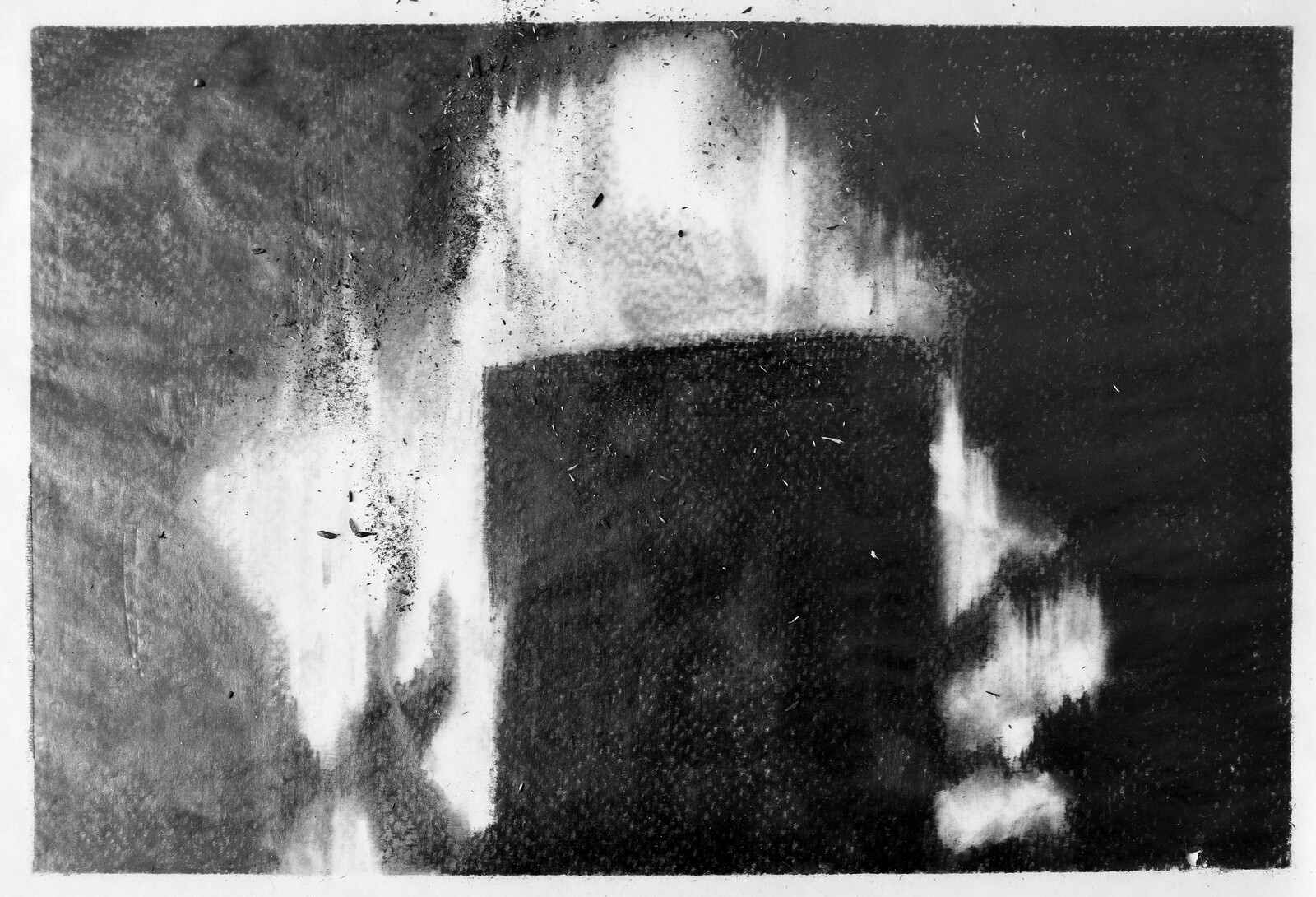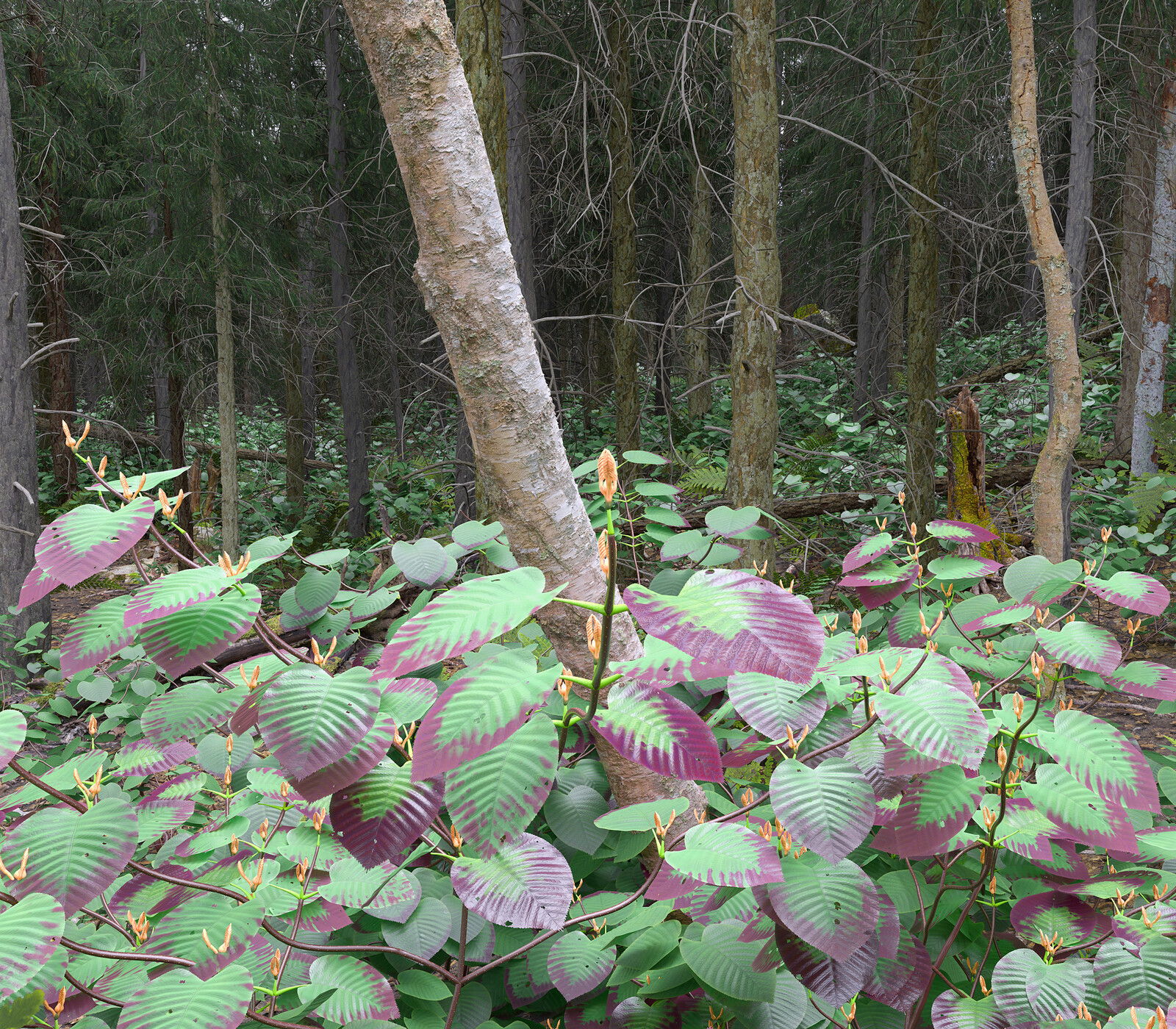Those of us subject to and subjected to the most brutal of human degradations have had to cultivate modes of being, other kinds of living, so that new imaginative possibilities might still take root among us. These cultivations of lives not meant to be lived have been lived with a ferocity of thought, care and communality in service of implanting, rooting and maybe even harvesting new ways of being together.
—Rinaldo Walcott1
Architecture, it’s not me; it’s you.
We see it in the schools, the offices, the procedures and bureaucracies that are so entrenched in their commitments to maintaining the status quo. We see right through their so-called neutrality, the nihilistic degradations that lie at the core of their purported objectivity. We know what this discipline was invented to do, which bodies and land it is meant to contain and unleash. Refusing to accept the limits of architecture yields necessary insights, navigational tactics against a tradition that builds spatial and discursive hierarchies, measuring land and sacrificing its caretakers. A discipline that disciplines space; an echo chamber that is so absorbed by its customary navel-gazing that it doesn’t notice the world passing by.
1. Transparent Worldview
Aimé Césaire once wrote: “At the very time when it most often mouths the word, the West has never been further from being able to live a true humanism—a humanism made to the measure of the world.”2 Césaire’s critique attends to the lacunae embedded in the West’s possessive claim over the notion of the human. What, then, would be a humanism made to the true measure of the world? Is it quantifiable? If so, who gets to do the measuring? The disciplining of architecture has been described as a concerted effort of prosthesis.3 It concretized existing regimes of power. Thus, its commitment to measurement and transparency is always already tied to subjugation and control. Peter Gordon’s etching of Savannah in 1734, establishing the “Colony of Georgia in America,” is an explicit depiction of this proclivity. Savannah, Georgia was divided into twenty-four squares; twenty-two are still in existence today. His etching can be read as a foundational diagram for the spatial practices of settler colonialism. This image—and others like it—articulate a peculiar conceptualization of land (and the world) as something that can be measured, divided, and owned. These are practices that gain legibility by establishing and maintaining violent borders between bodies and land, humans and nature, space and architecture, while expunging Indigenous cosmologies.4 Subsequently, the colonial project that produced the squares of Savannah also worked to make Black life quantifiable—completing the cyclical time-scape of genocide, dispossession, and slavery. In other words, the measurement of land is predicated on the containment and disposal of human and non-human beings.
2. Atlanta is the Atlantic
Atlanta, Georgia is a city that was settled as a “terminus” for the westward expansion of the Atlantic-Pacific railway line, connecting the Atlantic port of Savannah to landlocked settlements, and vice versa. W. E. B. Du Bois described Atlanta as a city that emerged from the ashes of the Civil War: “The city rose like a widow and cast away her weeds.”5 The Union Army burned the city down on its way to the port of Savannah, where William Tecumseh Sherman issued Special Field Orders, No. 15, promising forty acres—as a temporary measure—to people who were victims of racial slavery. These events have produced a city whose settlement, destruction, and rebirth are all tethered to the Atlantic Ocean. Atlanta might have been the terminus for state-sponsored infrastructure, but it remains a threshold for the fugitivity of Black life. The ebb and flow of cars on the highways that cut and extend tentacles of the city to the suburbs evoke the sounds of the ocean. What does the polyphonic juxtaposition of Atlanta and the Atlantic tell us about the failures of the discipline of architecture?6 How will the historical, conceptual and geographic links between Black Atlanta and the Black Atlantic help us think with and about an international constellation of Afrodiasporic spaces? Does legibility always mean increased vulnerability?
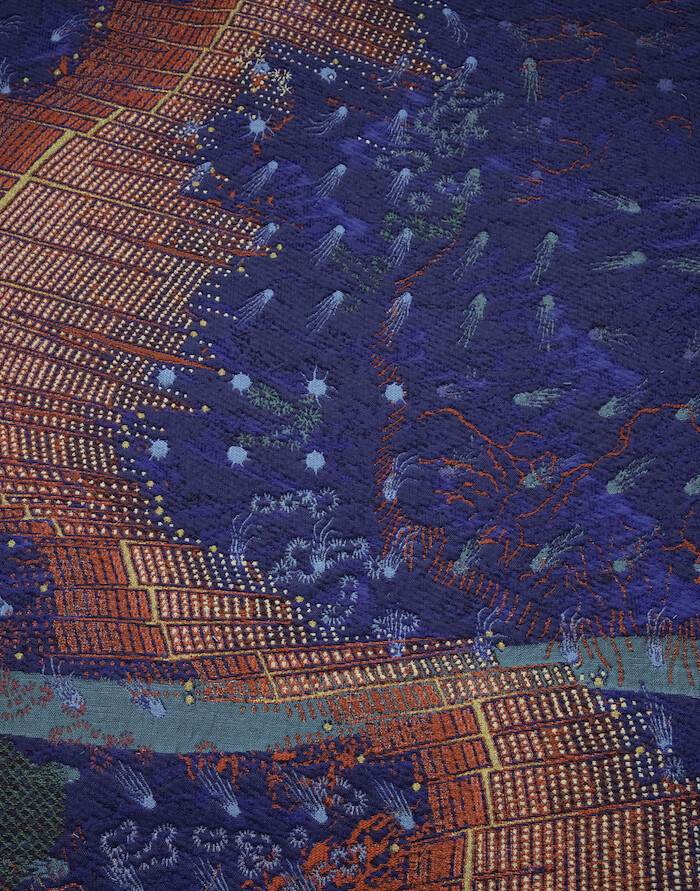

AD—WO, Planetary Scar, 2020 (tapestry detail). Photograph by Naho Kubota.
My point here is that the very arsenal designed to determine and to ascertain the truth of human difference already assumed Europeanness/whiteness as the universal measure, that is, as the bodily, mental, and societal actualization of universality… Nevertheless, blackness—precisely because of how, as an object of knowledge, it occludes these juridical modalities—has the capacity to unsettle the ethical program governed by determinacy, through exposing the violence that the latter refigures.
—Denise Ferreira da Silva7
3. Asymptotic Flight
In a recent conversation at the Museum of Modern Art between Saidiya V. Hartman, Tina M. Campt, and Mabel O. Wilson, organized as a workshop for the exhibition Reconstructions: Architecture and Blackness in America, Hartman challenged the participants of the exhibition to “imagine ways of practicing refusal against the racialized enclosure and the enclosure of privatization.”8 Following Fred Moten, one could argue that these two enclosures have an “asymptotic relationship to one another, they are distinct but infinitely close to one another.”9 Another way to think about the relationship between the racialized enclosure and the enclosure of privatization is as whiteness and architecture. Both were invented to construct a world order based on racial hierarchy, a world order that simultaneously makes the planet uninhabitable while converting it into bordered fragments of property. In addition, Hartman’s provocation keeps us from settling or hiding behind the appeal of possessive individuation—a false promise, another paradox that uses a few exceptional examples to justify domination.10
4. Togethering
Architecture is a discipline that represents existing spatial conditions while imagining alternative futures. Leaving projective imaginations aside, it is critical that we begin to grapple with the ways in which architecture represents, and by extension, erases existing spatial practices/conditions. Our work for Reconstructions, titled Immeasurability, meditates on iterative spatial practices performed by Black people in Atlanta. We were thinking with and about conditions that negate the determinacy embedded in the multi-scalar edifice of architecture. This work began by examining the material conditions of majority Black neighborhoods in the city and its suburbs, everyday spaces of Black life built with the same fragments that make up most American cities: strip malls, fast-food restaurants, gas stations, single-family homes, highways, and parking lots. These are environments that gain meaning not through the forms of their buildings, but the ephemeral events they facilitate. Understanding the significance of these spaces required an engagement with ideas of legibility that fall outside the formal purview of architecture and its proximity to power and capital. For example, popular chain restaurants like Waffle House, strip clubs like Magic City, and nightclubs like Compound are quotidian settings that serve as spaces of togethering, furtive spaces for Black joy. These are zones within the built environment that have managed to liberate themselves temporally from what Cameron Rowland calls the “legal-economic regime of property.”11
5. Partition; “Ghost Note”
Tavia Nyong’o describes “afro-fabulation” as the “‘ghost note’—the unplayed note that is virtually heard by the trained and expectant ear.”12 The Mid-Atlantic Ridge—the longest mountain range on the planet that is situated on the ocean floor between Africa and the Americas—is the “ghost note” for the birth of racial capital and the partition of the planet. The Mid-Atlantic Ridge cannot be captured by satellite imagery. Submerged deep below the water surface, hidden by a five-hundred-year history yet to be carefully excavated, it remains undetected by the most ubiquitous visual representations of our planet. But for artists and thinkers of African descent, its presence is visceral. It is a planetary scar that reproduces ontological resonances of the Middle Passage. A geological condition that metaphorizes the persistent deployment of surveillance and precarity on the everyday lives of Black people, on both sides of the ridge/rift. This onto-geological condition can also be understood as a planetary-scale architecture, weaving populations that descended from enslaved people in the Americas to populations that were colonized on the continent of Africa; Indigenous populations in the Americas to Indigenous populations in Africa.13
6. An Expanding Rift
This collective and multivalent rendering of the Atlantic Ocean as a site of incalculable loss prefigures a global Black aesthetic, and can be traced across multiple forms of cultural production by the African diaspora, from Mati Diop’s Atlantics to Julie Dash’s Daughters of the Dust; from Ellen Gallagher’s Water Ecstatic to Torkwase Dyson’s Bird and Lava, and Chris Ofili’s Blue Devils; from Dionne Brands A Map to the Door of No Return to Christina Sharpe’s In the Wake; from Christian Scott aTunde Adjuah’s Ancestral Recall to Drexciya’s The Quest. These works offer ways of seeing another world; undercurrents that cannot be enveloped by the colonial equation. Drexciya, formed by Gerald Donald and James Stinson (Stinson moved to Atlanta from Detroit), was conceptualized through a mythical origin story of “an underwater country populated by unborn children of pregnant African women who were thrown off slave ships during the Middle Passage; the babies had adapted to breathing underwater in their mother’s wombs.”14
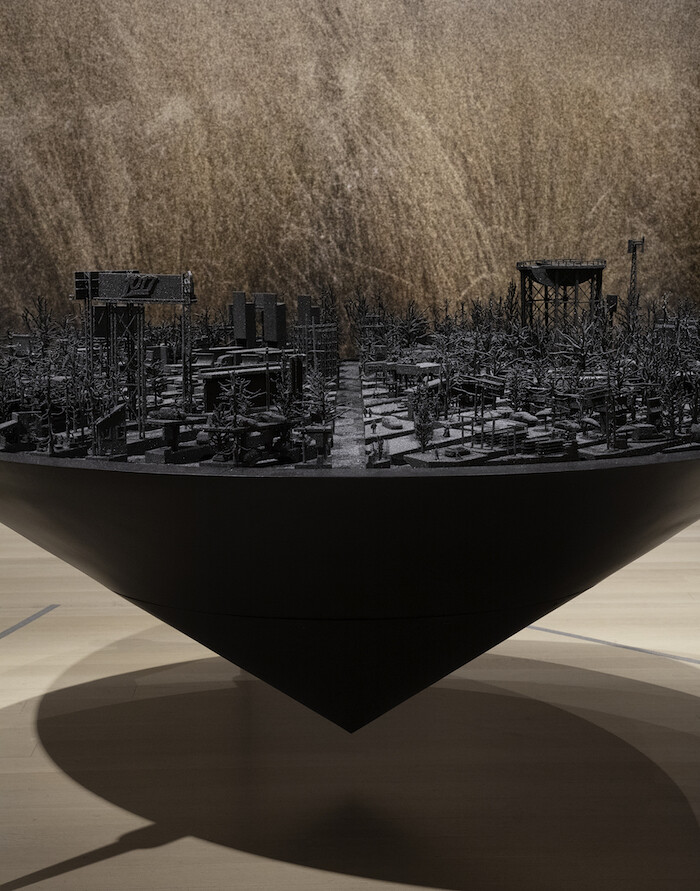

AD—WO, ATL Bricks, 2020 (detail). Photograph by Naho Kubota.
Redress differs from reparation in that it is not a compensation for loss—loss is immeasurable—but is rather an articulation of that loss.
—Tavia Nyong’o15
7. The Mythical in the Ordinary
The Mid-Atlantic Ridge miniaturizes and reproduces itself at the scale of the city. The train tracks that were built to connect Atlanta to the Atlantic divide the predominantly white north from the predominantly Black south Atlanta—overdetermining the south as a zone of extraction and the north as the zone of accumulation. Nonetheless, ephemeral practices of making life and community are abundant within working-class Black neighborhoods in south Atlanta. If the Atlantic Ocean provides a limitless space for Black imagination in and through water, the ordinary spaces of Atlanta provide clearings within the forest as spaces for ongoing acts of marronage. The transmutation of abandoned homes into sites of gathering and commerce, gas stations into sites of cultural production, highways into dancefloors, and parking lots into living rooms makes Atlanta a city that is constantly being formed and dissolved by spatial practices that cannot be measured; reclamations of dignity that require non-static registers; conditions and ways of relating to one another that remain subterranean to the cartographic gaze.
A “white housing market” would have actually been unintelligible without its Black counterpart; both relied on the other to become legible.
—Keeanga-Yamahtta Taylor16
8. The Loop
The Atlanta BeltLine, a former railway corridor that loops around the core of the city, is currently being instrumentalized by architecture’s latest savior industrial complex: sustainability discourse, or, what K. Wayne Yang has aptly decoded as “the present story of the settler colonial future.”17 The transformation of abandoned industrial rail tracks into parks, walking trails, and bike paths, serves the same plantation logic of hollowing out the city—speculating on the potential value of land without its current inhabitants. Versions of this project are proliferating throughout the world, camouflaged behind pleasant renderings of happy people jogging, walking their dogs, and biking across revitalized urban neighborhoods. These are images that unwittingly link remediation to removal, continuing the violent expropriations of working-class Black people who have been forced to live within an unfolding catastrophe. These redevelopment plans never seem to consider remediating landscapes as reparations. There is no plan to provide clean water, air, and land for people who continue to experience “organized abandonment.”18 Instead, developers justify these forced migrations through “environmental clean-up” and a “greener tomorrow.”19
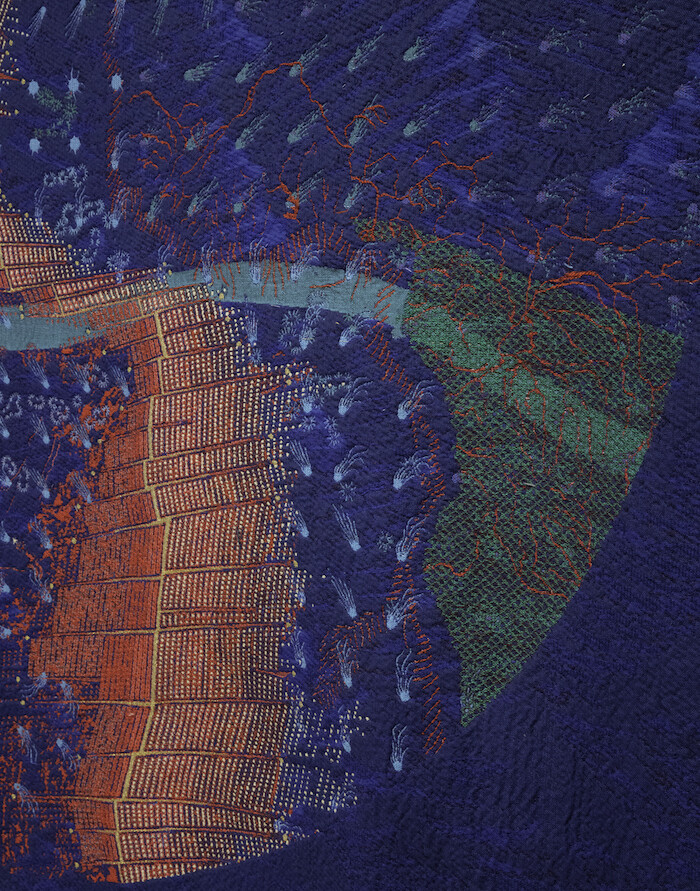

AD—WO, Planetary Scar, 2020 (tapestry detail). Photograph by Naho Kubota.
9. The Area
The high seas and the seabed of the Atlantic—which are both beyond national jurisdiction—has been ominously named “the Area” by the International Seabed Authority (ISA), an autonomous organization established under the 1982 United Nations Convention on the Law of the Seas. That designation applies to a territory that amounts to 54% of the total area of Earth’s oceans. Despite its declared duty to protect objects of archeological and historical significance, “for the benefit of mankind as a whole,” the ISA primarily functions as an arbiter of mining contracts for multinational corporations.20 Black Atlantis now shudders with reconnaissance mining explorations in pursuit of precious minerals found within the hydrothermal vent towers of the Mid-Atlantic Ridge including zinc, copper, silver, and gold. In November, 2020, a group of scientists wrote an article urging the International Seabed Authority “to place one or more virtual ribbons” on its official maps as a tacit “reminder to those engaged in mining and other seabed-related activities that culturally significant artefacts of the Middle Passage may be encountered.”21
Rinaldo Walcott, “The Black Atlantic: On Water, Art, and Black Movement,” Webinar, University of Western Cape, August 21, 2020.
Aimé Césaire, Discourse on Colonialism, trans. Joan Pinkham (New York: Monthly Review Press, 2001), 73.
Mark Wigley, “Prosthetic Theory: The Disciplining of Architecture,” Assemblage 15 (August 1991): 6–29.
Vanessa Watts, “Indigenous Place-Thought and Agency Amongst Humans and Non-humans (First Woman and Sky Woman Go on a European World Tour!),” Decolonization: Indigeneity, Education & Society 2, no. 1 (2013): 20–34.
W. E. B. Du Bois, “Chapter 5: Of the Wings of Atalanta,” The Souls of Black Folk; Essays and Sketches (Chicago: A. C. McClurg and Co., 1903), 94.
“I think one of the things that was important for me was the question of the polyphonic. Stuart Hall was a quintessentially polyphonic figure who was very comfortable with situating his arguments at a variety of crossroads… In other words, the ability to marshal an array of voices or at different registers, shall we say, in the service of a broader ideal, which is not reducible to its components.” See John Akomfrah in conversation with Fawz Kabra, “John Akomfrah,” Ocula, July 5, 2018, ➝.
Denise Ferreira Da Silva, “1 (life) ÷ 0 (blackness) = ∞ - ∞ or ∞ /∞: On Matter Beyond the Equation of Value,” e-flux Journal 79, February 2017.
See Mabel O. Wilson, “Mine Not Yours,” e-flux Architecture, July 4, 2018; also see Mabel O. Wilson and Mario Gooden, “Enclosure: Global Africa Lab in conversation with Justin Moore,” African Mobilities 2.0, July 20, 2020, ➝. In addition, one of the authors (Emanuel Admassu) was grateful to participate in small group workshops facilitated by Mabel O. Wilson and Mario Gooden, with Zachary Fabri, Mwenya Kabwe and Mpho Matsipa, Enclosures: Blackness and Transmutation for The Sojourner Project. Those two sessions have clarified a lot of the ideas explored in this essay.
When asked if one could differentiate between capitalism and white supremacy, Fred Moten responds: “The relationship between capitalism and white supremacy is asymptotic. They’re different from one another, I think, but they are infinitely close to one another.” See Woodbine NYC, “A Conversation with Fred Moten 12/02/2018,” YouTube, December 3, 2018, ➝.
Ibid.
Cameron Rowland, D37 Pamphlet (Los Angeles: Museum of Contemporary Art, 2018), ➝.
Tavia Nyong’o describes afro-fabulation as “a non-concept (that) can also be thought in musical terms as a “ghost note”—the unplayed note that is virtually heard by the trained and expectant ear—then this way of ending the text is just an exercise in getting a little more comfortably familiar with the sound, sight, and presence of ghosts, phantoms, and other impulses and affects that shape and stir the scene of black performance.” See Tavia Nyong’o, “Conclusion,” Afro-fabulations: The Queer Drama of Black Life (New York: NYU Press, 2018), 202.
Interview with Denise Ferreira Da Silva, “Mapping Pan-Africanism Onto Blackness: The Continent, The Diaspora, and Beyond,” The Funambulist 32, November–December 2020, 16, ➝.
Nettrice R. Gaskins, “Deep Sea Dwellers: Drexciya and the Sonic Third Space,” Shima 10 (November 2016): 69.
Nyong’o, “Conclusion,” 202.
Keeanga-Yamahtta Taylor, Race for Profit: How Banks and the Real Estate Industry Undermined Black Homeownership (Chapel Hill: University of North Carolina Press, 2019), 11.
K. Wayne Yang, “Sustainability as Plantation Logic, Or, Who Plots an Architecture of Freedom?” e-flux architecture, October 6, 2020, ➝.
The Humanities Institute at UCSC, “Ruth Wilson Gilmore: ‘Organized Abandonment and Organized Violence: Devolution and the Police’ 11.9.15,” Vimeo, November 9, 2015, ➝.
See “Project Goals,” Atlanta BeltLine, ➝.
Phillip J. Turner et al., “Memorializing the Middle Passage on the Atlantic seabed in Areas Beyond National Jurisdiction,” Marine Policy 122 (October 2020): 3.
Ibid., 4.
Survivance is a collaboration between the Solomon R. Guggenheim Museum and e-flux Architecture.



